(Intelli Gaming - Article)
Dragons everywhere! Study their Origins or How to Train your Dragon! Find out how to wake them up or steal their treasure. Ride them to heaven or fight them for the survival of the world! Dragons of all sizes, materials, and colours. Meet the mythological, real and virtual.
Come and find your dragon! Whether you prefer sapphire or gold, many forms exist for this large serpentine creature and I find it critical to have an article devoted to the legend.
In this article, I want to examine multiple dragon interpretations and provide visual elements to support the ideas. With this, I hope I can open the eyes of my readers to witness the wonders of human creativity and artistry. In this day and age, with dragon NFTs being all the hype, we must recall that those creatures have been a part of our myths and stories for ages.
"There are already in books all too many fabulous stories of dragons" --Encyclopedia of Diderot & d'Alembert
Dragon Age Origins
Not often do you get to write about the origins of dragons. In fact, to stay loyal to the myth, it should be dragons writing about the origins of humans. But we have lost all of what dragons may have written so we are left with our own myths and legends on the subject. Whether they be winged or wingless, highly intelligent or a monstrous beast, a heavenly creature or the reincarnation of a demon, dragons have permeated our culture since antiquity.

Tracing their origins as far back as to the cradle of mankind, in Mesopotamia, we find dragons taking their form from reptiles and serpents. Another article that bears a similar title: "The Origins of Dragons", by @SubscribePlzzzz01 also looks at the subject.
Often fire-breathing creatures, more modern literature has taken the liberty of using that breathe as a distinctive element: red dragons breathe fire; blue dragons breathe lightning.
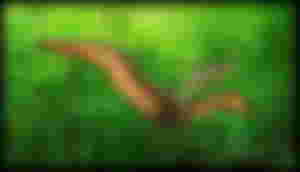
(Above: A Pteranodon, not to be confused with a Pterodactyl. Also note that it belonged to pterosaurs instead of dinosaurs. Difference and source at : https://www.differencebetween.com/difference-between-pterodactyl-and-pteranodon/)
Obviously, dinosaurs have existed for real and their proximity to our concept of a dragon is literally paper-thin when you consider pterodactyls and aquatic serpentine creatures. Couple that with the fact that many bird species nowadays hunt in the sea by plunging to catch their prey and you can easily imagine a conjunction of those ideas leading to a winged, serpentine monstrous myth. The book titled The First Fossil Hunters: Dinosaurs, Mammoths, and Myth in Greek & Roman Times (2000) by Adrienne Mayor has similar viewpoints to the link between dinosaurs and dragons.

(Above: An aquatic komodo dragon. Image source: https://theconversation.com/aquatic-komodo-dragon-was-the-ultimate-river-monster-11428)
According to some authors, mankind has an innate fear and revulsion of snake-like creatures. The book titled An Instinct for Dragons (2000) written by David E. Jones reveals studies that show a high correlation between dragons and snakes. This would explain the near universal existence of dragons across cultures. Another book which I have not read on the subject but which I add for further reference is The Origin of Dragons (2000) by Robert Blust. It also interesting to look in more details at Komodo Dragons in this article by @Dharyl , "Komodo Dragon Amazing Creatures - Awesome Animals". @DzonyMerlin94 also wrote about Komodo dragons in "Komodo Dragons".
A more recent title (see the cover art above) is obviously Dragon Age Origins (2007), a PC game adaptation which examines the origins of the player (you). This is to say that it does not examine the origins of dragons themselves. They are quite present and important however - as everywhere else.

(Above: A Tyrannosaurus Rex, source: https://finance.yahoo.com/news/research-reveals-t-rex-much-012435212.html)
As we can see, many animals, still present today, and many extinct species such as velociraptors and tyrannosaurus rex have had clear influences on the evolution of our concepts of dragons. What will be examined below, are Real Dragons first and then Imaginary Dragons.
Before we delve into the real dragons, here is the earliest representation of a modern dragon, that is, with four legs and wings and breathing fire with a scaly skin is this manuscript, dated from 1260 AD:
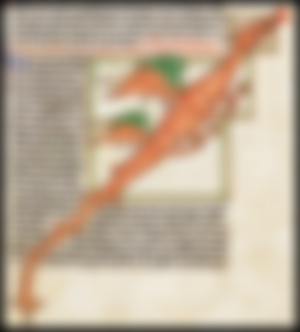
(Left: MS Harley 3244: Medieval manuscript dated from 1260 AD. Source: https://en.wikipedia.org/wiki/File:Dragon_Harley_MS_3244.png)
While different across many continents, dragons are seen everywhere. Old maps pictured them in places where the geography was still unknown. It remains hard to specify exactly where the myth began as we have instances in Mesopotamia, Egypt and all across Asia. The creature grew with time. As with the dragons examined here, it seems that the myth itself grows stronger with time.
You can also find another example of stories about dragons here, as written by @Rimon3040 in "Dragon Story". For even deeper myths and legends about demons and dragons, check out @clairvoyant 's "Grand Grimoire Red Dragon Book of Satan."
With regards to their history, @SanjuSarkar has written a good overall look in "Story of Dragon". Also you can read @Parkseojoon252006 's article titled "Dragon" for another overview.
Multiple other dragon representation have given source to this myth and listing all of them would be nearly impossible. Many are explored here, both real and imaginary.
As for the word itself and its etymology, it is derived from Latin: draconem (huge serpent). In slavic mythology, the words "zmey, zmiy and zmaj" are used to describe dragons. They are the masculine form for the word "snake". The French translation of dragon is dragon. Not to be confused with dragonne(s). And no, that is not the expression for a trans dragon!
Real Dragons...

(Above: A Komodo dragon in the wild. It has natural camouflage and naturally blends with the distant hills! Source: https://www.mentalfloss.com/article/63058/10-amazing-facts-about-komodo-dragons)
Komodo dragons, crocodiles, alligators and dragon turtles are perhaps some of the closest animals we have nowadays that lookalike dragons. Of course, as mentioned above, dinosaurs have existed for real also. And again their similarities are striking. @Ling01 has written about dragons asking the question if they exist: "Dragons, do they exist?".
Perhaps this link is because our own source of inspiration is mostly based on reality. We just add wings to the existing dragons. And we make them breathe fire or lightning! Whatever inspires us to make this legend powerful. Perhaps it hides where it wants and can also use magic. Perhaps it visits dreams or hides in the clouds.
@Marky-03 has written about "Dragons a Natural History". His article is too short in my opinion.
Most of all, what is common is that we attribute qualities that we would like to have to dragons: Intelligence, strength, the ability to fly, wealth, power, etc.
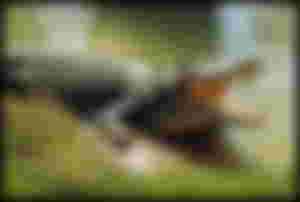
(Above: A salt water crocodile. Image source: https://www.discoverwildlife.com/animal-facts/reptiles/facts-about-saltwater-crocodile/)
Yet another article is the one written by @MarkyDaily , in his commentary: "Is it true that there are Dragons?".
Given their unique qualities and supposed great intelligence, dragons have often been used to describe the apex predators of our societies. Hence we have a TV show called: "Dragon's Lair" where entrepreneurs pitch their thing in front of the Dragons. This is also what inspired the story behind Dragonfall and from Shadowrun in general: The Great Western Dragon "Firewing" or Feuerschwinge. That is to say that dragons are so omnipresent that we even portray them in our futuristic cyber-punk universes.
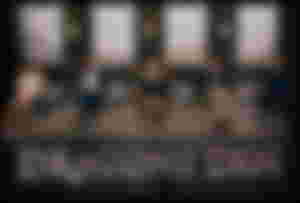
Do we have real dragons today? The Rotschilds, Morgans, Musk, Bezos, Branson, The Clintons? The Bushes? The Royals? Putin? The Sauds? Oligarchs?... Or are their names more impersonal such as Amazon, Blackrock, Blackwater, BP, Citadel, Deutsche Bank, Goldman Sachs, JP Morgan, Lockheed Martin, Saudi-Aramco, Virgin etc. just to name a few. Powerful mega-corporations and dragon entities that rule over masses of insubordinate peasants are the stuff of imagination and Shadowrun is a prime example of that concept.
Some authors, such as @LuckyPeter , compare BCH itself to a Dragon in "BCH - The Dragon is about to take off".
@aniruddhasen has written an article about "The Rise of the Dragon" where he warns about the dangers posed by China, depicted as a Dragon holding the world in its claw. I disagree with his views on the subject but his article is still interesting and also illustrates that China, the world's most powerful nation, is seen as a Dragon.
Another interesting take on similar dragon concepts is that of @nkanu75 in "The Dragon Who Gave His Authority To the Beast In the USA Empire". When it comes to morals that we can derive from Dragon stories, @Meta_comic has an article on "The Moral Tale of the Dragon".
So it may be that modern dragons just don't fly but otherwise exhibit all the traits, such as power and wealth on such levels that it leaves us seeing them as belonging to another class. Yet when we look at JEDI programs of Amazon, cloud hosting for defence, information peddling by the Facebook dragon or if we look at the defence contractors and banks who have gotten "Too Big to Fail", we must see them as our modern dragons. They define the meaning of the word.

(Right: Jack Ma, Mark Zukerberg, Jeff Bezos and Warren Buffet, from left to right. Source: https://www.scmp.com/magazines/style/celebrity/article/3036919/no-supercars-please-were-rich-jeff-bezos-mark-zuckerberg)
Read on to discover more imaginary dragons!
Imagine Dragons...
The title is this section is from an American pop rock band from Las Vegas to whom we owe the excellent Radioactive. You can read the article by @Ykretz "Imagine Dragons Rising back like a Phoenix". Human imagination has led us to give animal qualities to fantasy creatures for us to improve their performance. The original giant serpent is thus given wings in certain mythologies or breathes fire in others.
Mostly, dragons have been instrumental in inspiring countless artists to depict for us what dragons could look like. I have made a serious effort to illustrate a vast quantity of different dragons here but I cannot be complete. I must stop at some point and let the imagination of the reader come up with their own dragons. Many authors have written about dragons and I mention many in my article.
@Mictorrani has written many articles about dragons, and his "Greedy Old Men - Dragons leaping through the Dragon's Gate" should be looked at. Also look at the following regarding dragons in imagination: "Dragons and Monsters", by @onlymythoughts .
As in many mythologies, dragons are used to inspire fear but also power. The strength of the dragon and its application in traditional Chinese martial arts is telling. The dragon boat festival and the boat itself are also testament to the speed and power deployed by such a powerful creature.
For a pencilled, unique take on a Dragon, check out @Justy21 's drawing: "The Pencil Dragon".
Since Dragons have permeated our myths and legends, we also have many concepts called after Dragons. An example is illustrated by the Blue River in Portugal (see below in Blue Dragons) and also by @enny in "The Dragon Triangle".
Dragons are complex for sure and if you don't believe me, just keep reading. The dragon in me had fun to seek out dragons and, like a Monster Hunter, take a snapshot in order to show you the full spectrum of knowledge which can be derived from this age-old concept. Obviously, they are found in comics such as Merlin by Istin, Lambert and Stambecco (Soleil Productions, 2003, France).
They are found all across Dungeon & Dragons games, as the name of the game implies. Another author here, @claudio83 has also written about "Evening with old friend and Dungeons and Dragons players", showing clearly the fact that dragons bring us together, as humans!
They are found in Middle Earth (J.R.R. Tolkien's fictitious world) in the character of Smaug (see my review here). They are also found in films and series such as:
Dragonheart (1996)
Neverending Story, The (1984)
Eragon (2006)
How to Train Your Dragon (2010)
Spirited Away (2001)
Dragonslayer (1981)
Flight of the Dragons (1982)
Sleeping Beauty (1959)
Dungeons & Dragons (2000)
Dungeons & Dragons: Wrath of the Dragon God (2005)
Lord of the Rings, The: The Two Towers (2002)
Pete's Dragon (1977)
Shrek (2001)
Maleficient (2014)
Harry Potter and the Goblet of Fire (2005)
Reign of Fire (2002)
Hobbit, The: The Desolation of Smaug (2013)
Merlin (1998)
Willow (1988)
The Water Horse (2007)
...
I will stop the list here because I could have gone on for a long time. Wikipedia has a page listing dragons across media. If we include legends of the Loch Ness, all Asian, Indian and Greek myths, coupled with more modern takes, an entire article could be devoted to just filmography related to dragons.
They are found in multiple stand alone PC and console games, all across the world, as well as in some robotic form as with the Transformers. They too had a dragon myth...
When it comes to Games Workshop, they have conceptualised dragons for a long time also. In Warhammer, their tabletop game and creative universe, dragons belong to specific races. In fact, I should say that they inhabit specific zones of the world. As such, Wood Elves ride Wood Dragons, High Elves ride Moon Dragons, Sun Dragons and Star Dragons. Chaos warriors have their own draconic monstrosities. One such was Galrauch, First of the Chaos Dragons. Dark Elves prefer the good old Hydras but some leaders still ride forth to battle atop enslaved demonic dragons or more frequent black dragons. Undead and vampire counts have draco-liches or just the plain old bone dragon.
The card game system Magic The Gathering (MTG) has allowed multiple artists to express themselves regarding dragons and how they look. More than this, MTG usually provides a contextual sandbox in which the artist is free to explore. What I mean is that MTG creators decide upon the name and the colour of the particular creature before commissioning the artist. Here are some examples without visual representations just to illustrate that, in MTG, anything goes! Just take an adjective or a noun and couple it with "Dragon" and there you go. When you've visited all words, you can combine them as in "Herdchaser Dragon". I have indicated the matching colour to give an indication of the card.
Black Dragon (Black)
Shivan Dragon (Red)
Phantasmal Dragon (Blue)
Herdchaser Dragon (Green)
Alabaster Dragon (White)
Quicksilver Dragon (Blue)
Canopy Dragon (Green)
Bone Dragon (Black)
Brimstone Dragon (Red)
Pearl Dragon (White)
... (thousands of others)
As you can see, the possibilities are endless when it comes to humans thinking about dragons. They form a general concept of a great snake with reptilian features and possibly other attributes that make them half gods, half demons.
Still, to be complete, I found it important to mention other dragons, by name, that do not a dedicated section below. If, by popular demand (let me know in the comments) some dragons are felt to necessitate a section of their own, I will do so in the future. For now, let those myths stay in this short list, which can never be completed:
Shenron (Dragon Ball) - Also check @AbunEnt 's "Older days of anime Dragon Ball-Z" on the subject.
Dragonite and Charizard (Pokémon)
Smaug (The Lord of the Rings, Red dragon)
Viserion and Drogon (Game of Thrones)
Haku (Spirited Away)
King Ghidorah, three-headed dragon (Godzilla)
Mushu (Mulan)
Malificient (Sleeping Beauty)
Blue Eyes White Dragon (Yu-Gi-Oh!)
Alduin (Elder Scrolls V: Skyrim)
Hungarian Horntail (Harry Potter and the Goblet of Fire)
Ender Dragon (Minecraft)
Sapphire (Inheritance cycle)
Glaurung (Silmarillion)
Falkor (Neverending Story, The)
Puff the Magic Dragon
Vermithrax Pejorative (Dragonslayer)
Bub and Bob (Video game)
Saphira Bjartskular (Eragon)
Fin Fang Foom (Strange Tales #89)
Jabberwocky (Through the Looking Glass)
Eustace Scrubb (The Voyage of the Dawn Treader)
Maur (The Hero and the Crown)
Kazul (Dealing with Dragons)
As for the imagination present in various mythologies across the world, an astounding quantity of prototypical draconic creatures exists in various cultures around the world. To name but a few, classified by their origin - all of which are detailed in the sections below:
Mesopotamia: Mušḫuššu
Persia: Abrasax, Agro-manyus, Ahriman, Angra Mainyu, Asdeev, Ganj, Drauga
Africa: Apep / Apophis, Ammit, Ammut, Mehen, Masingi, Bida, Denwen, Uraeus, Wadjet, Nehebkau
India: Virtra / Vṛtra
Israel: Leviathan
France: Grand'Goule, Drac, Le Succube
Greece: Python, Ladon, Boa, Wyvern and the Larneaean Hydra, also the Colchian Dragon
Norsca: Jurmungandr, Nidhogg, Fafnir and from Beowulf
North America: Amhuluk, Gaasyendietha, Kinepeikwa, Kolowisi, Msi-Kinepeikwa, Stvkwvnaya
South America: Ihuaivulu, Iwanci, Iemisch
Russia: Katschei, Kashey, Gorynytch, Chudo-Yudo, Koshchey, Arakho
Caribbean: Ayida
Australia: Aranda, Rainbow Serpent, Warramunga, Wollunqua, Kalwadi, Kungpipi, Mumuna, Galeru
An even more exhaustive list can be found on blackdrago.com. Dragons have been associated with various traits or with nature in its various forms. Below, across many cultures, this article explores the myths of the dragons and presents visual representation to aid the reader. Keep in mind that countless images are to be found across what artists have since time immemorial called "Dragon".
Other dragons are found all across asia and we can thus list the following and their countries of origin:
Pakhangba: Primordial Serpentine Dragon God in Meitei mythology and religion (Manipur)
Bakunawa: Serpent-like dragon in Philippine mythology. Originator of eclipses, earthquakes, rain and wind (Philippines)
Druk: Also called "Thunder Dragon" of Tibetan and Bhutanese origins.
To examine the later evolution of the concept, mostly found in medieval Europe between the 12th and 15th century, we could cite the following:
Two dragons (red and white) sleeping beneath the Tower of Mount Snowdon (Celtic)
The Legend of Saint Margaret of Antioch who faced a monstrous dragon in her cell
The Legend of Saint George and the Dragon, see the article by @Mictorrani
La Gargouille sinking ships the river Seine in France
Uther Pendragon's slaying of two gold dragons
The three-headed dragon of Russian folklore: Zmey Gorynych
The Wawel Dragon from Chronica Polonorum of Wincenty Kadlubek
I am not putting any illustration in this space left intentionally blank. The article must breathe after all, if it wants to exhale fire!
Dragon Society/Ecology/Habitat
Dragons have varied social behaviour based on their type. They are rarely if ever found in groups although some may act together for common purpose or if led in great wars by godlike powers. Such is the case of the Tale of the Sundering, a Games-Workshop story which shall be reviewed in the future.
All dragons are born from eggs and have both males and females specimens. @amart29 wrote an article about "Dragon Eggs". The eggs are generally guarded by both parents until they hatch, at which point the couple may split. This once again depends not only on the type of dragon, but also on the individual preference of that particular group. Some dragons are more solitary than others while some mingle with humans and hide among us, disguised through a transformation.
Their lives are long, very long. Their lengths depends on who you ask but it is generally agreed to be at least on the millennia scale. Ten thousand years gives plenty of time to accumulate vast treasures. We recently looked at the Optimen, in a previous article by the Library. Long lifespans such as those of the Optimen of of Dragon Emperors (the oldest), also called Great Wyrms or Elder Wyrms, lead to the accumulation of riches beyond imagination. They also bring about a disregard for many things as they have already been known and assimilated for centuries.
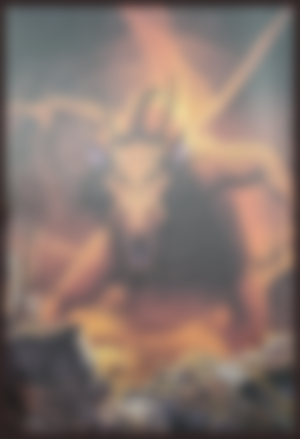
The diet of a dragon is once again very varied depending on the particular type of dragon. All have very strong stomachs capable of digesting just about anything. Organics materials are preferable but some dragons even consume inorganic materials. Thousand years of slumber gets them to slowly digest what they eat.
@Mictorrani wrote an excellent article titled: "Dragon's Blood" and while it refers to a plant based red resin, the relations between the colour Red and Dragons are what sets the article apart.
The habitats of dragons is once again as varied as the imagination of the authors who have written about them. Some prefer marshes, others forests or the oceans themselves. Some live in the clouds, in our dreams and some are undead; they live and they live not. Some accumulate vast fortunes and the likes of Smaug from J.R.R. Tolkien is no exception.
How to Train your Dragon
I have not seen the 2010 title published by Dreamworks but it tells the story of a young viking that has to kill a dragon. He ends up training the dragon and making a team with it. The subject was already explored also by @Jumper-01 in his article: "How to Train Your Dragon".
High Elves from the Warhammer universe have tamed dragons for generations. It is a lost art as the menace of chaos had faded during the long years and the knowledge was lost on a practical level. It was always said that dragons would awaken when the time was ripe. It eventually was time again during The End Times. We shall visit those works of fiction in due time here on this Blog.

Dragon riders are known to be the most fierce opponents you can face. Their speed, mobility, incredible striking capability and very often their magical strength is enough to break armies by itself. Couple that with the innate fear that mankind has about serpentine creature and roaring-fire breathing monsters means terror for many.
A specific article which talks about dragon riders can also be found here: "Dragon Rider", by @Vasa . It is too short however and doesn't do proper justice to dragon riders. But there are many, many articles regarding dragons to be found. Another one was the review of the film by @Saranghaeyochingu , with his article "How To Train Your Dragon".
Dragon riders must thus show courage and respect when attempting to pair with a dragon to go to war. Dragons go willingly into battle with High Elves atop their backs. Dark Elves often have enslaved the Black Dragons that they ride to battle.
Mesopotamia - Mušḫuššu
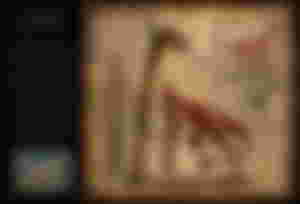
Multiple mythical creatures have the hind legs of a Lion. Mušḫuššu has some, griffons have the same and so does the Egyptian Sphinx. Different variations have led also to creatures having wings and to other having a scorpion tail. Again, the references are mixed across the cultures of the world and have led to our more modern dragons or to the modern day wyvern.
Horns are also a preeminent feature of dragons and that distinguishes them from snakes.
The creature illustrated above is the Mušḫuššu (meaning Furious Serpent), from the Akkadian period. The general association is with godlike entities and also for protection.
Also, we see here the creature being used as a guardian for the underworld. This matches the Norse myth of Nidhogg. Here, the Mušḫuššu was the attendant of the god Ninazu, then Tishpak and also Ningishzida, Marduk, Nabu and Ashur. To say that dragons are associated with mythology on an impressive scale is to say the least.
Tiamat is generally not considered a dragon although some fantastic universes such as Final Fantasy have taken liberties with its depiction.
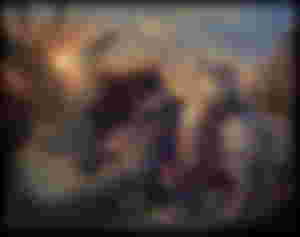
(Right: Rostam Slaying the Dragon, by Adel Adili: The fight between Rostam and the slaying of the dragon as his third trial. Source: https://en.wikipedia.org/wiki/Rostam%27s_Seven_Labours#/media/File:Rostam.jpg)
In modern day Iran, we also have the story of the hero Rostam which faced the dragon in his third trial of Ferdowsi's Shahnameh, chronicling the Seven Labours of Rostam. In other works, Rostam kills other dragons.
Egyptian Dragons - Apophis / Apep
We begin the journey of the myth of dragon origins in Egypt. Some of the ancient myths speak of a snake beast with five heads. In the antiquity, serpents were feared just as they are today. An ancient papyrus reveals Set slaying the great snake Apep that is attacking the Sun boat of Ra:
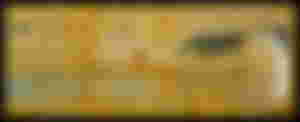
Multiple mentions of the role of Ra in Etyptian mythology lead to see the role of this creature as contrary to the Sun, as a guardian of the underworld. Disasters such as earthquakes and thunderstorms were attributed to Apep.
The symbolism is clearly that of a snake, not a dragon. The Ourobouros itself, the snake devouring its own tail, is another example. Only later, in other representations, does the form of Apophis become that a of draconic god.

(Above: Apophis from Egyptian mythology. Size comparison indicated at the bottom. Source: https://megalodons-and-krakens.fandom.com/wiki/Apep)
Modern representation of the Pharaoh Dragon or of Apep the desert king have surfaced. See the film Gods of Egypt (2016) for an example of such monsters. Read Dune by Frank Herbert for more examples of wyrms roaming in the sand dunes. And while speaking of Dune, be sure to check this blog soon for the review of the book series.

Also check out Genzoman's version, which I chose not to include here but which is still very interesting. See the link below.
Chinese Dragons
The Chinese concept of a dragon is written (龙 or 龍). The pinyin version is lóng. Although in Cantonese it is an onomatopoeia of the sound of thunder (lùhng), as you may notice, in English, it is an onomatopoeia of an adjective: Long. This is merely a coincidence for those two languages have different roots but the coincidence is interesting. I was also reminded that the overall look and shape of the Great Wall of China, when seen from above, is that of a lóng.
Dragons are often used to represent good fortune, good luck, in Chinese mythology. But some dragons can merely be the form taken by evil doers. I have seen movie adaptations where the dragon was in fact the second form of a demon. The dragon below is from a movie that takes place in Japan, not in China. However, the similarities of dragons between those two countries is important. I use the following as a depiction of an evil dragon:
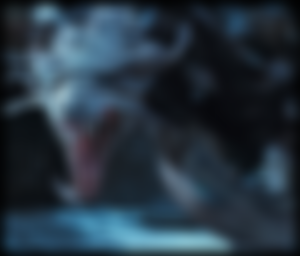
The duality between good and evil, similar to man, is seen also in dragons. Their duality is also expressed with associations to either fire or water. The following Chinese carving, in Beijing, shows that duality.

As can be seen in the picture of an imperial Chinese carving in Beijing, the duality of dragons representing heat and cold or fire and water has been present for a long time. That duality, allows some dragons to breathe fire and be near immune to the effect, while other dragons are seen as providers of rain. Cultures in remote Chinese villages also worship draconic entities to bring rain to their lands.
The symbolism and the importance of dragons in Chinese culture cannot be overstated. They are everywhere! As adornments, as carvings and decorations, as a an astrological sign representing the pinnacle of all animals. They also appear in countless stories ranging from the neolithic period.
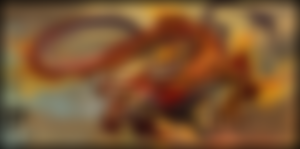
One story about dragons in Chinese mythology and fantasy is that of the Fucanglong, which is a guardian of the underworld. His possession is a pearl that multiplies when touched. You can compare that with the dragon on the flag of Bhutan (see below) which also holds pearls in his claws. At the same time, the role of guardian of the underworld is a theme that is recurrent across multiple cultures.
The stories about Dongfu, Lord Ye Gao, the healer Lo Chên-jen and those from the Shanhaijing as well as the Houhanshu (about the Aliaoyi people) all refer to dragons. The dragon chromatography is born seemingly here, with references to White, Black, Red, Green and Yellow (Gold) dragons.
Black Dragon, Winter, Water, North
White Dragon, Autumn, Metal, West Lake
Red Dragon, Summer, Fire, South
Green Dragon, Spring, Wood, East
Yellow (Gold) Dragon, Earth, Year

I am including in this section the flag of Bhutan. It bears the illustration of the dragon Druk. Like many other south-Asian dragons, it has no wings but four legs. Notice that it holds jewels in each leg. Those legs are more like arms on this image and it is interesting to notice that it has three claws per leg, as in Japanese culture.

Seek out additional Chinese culture dragons as there are countless and they are fantastic. The artistic architecture of some monuments or buildings in the country features some of them but most are found in artistic productions, new and old. Even the dragon boat festival and the lantern festivals have representations of dragons. Regarding the Chinese festival, see articles by @pk123 and by @emily2u , respectively: "Dragon Boat Festival is being celebrated across China" and "May you have a healthy Dragon Boat Festival".
And for additional articles, well written and detailed about "Flags with Dragons", see the article by the excellent @Mictorrani .
Greek Dragons
The myth of the dragon is also present in ancient Greece. Multiple representations of great snakes, hydras and other many headed monsters are found throughout the mythology.

Across the mythology, we find Jason, who has to face the Colchian Dragon, to get the Golden Fleece. In some versions of the story, he ends up being swallowed entirely by the giant snake. You can compare and contrast that with the Indian mythology regarding Indra's struggle with Vritra.
Python was another dragon or giant snake, residing at the centre of the Earth according to ancient Greek mythology. Ladon was yet another example of a creature taking on the shape of a snake.
A wyvern, is typically not categorised as a dragon, according to certain modern game universes and rule sets. I would classify them separately since wyverns have a distinctive scorpion tail and typically lack the forearms of their Asian counterparts.
The hydra is also a myth that bears great similarities to dragons as it depicts a monster with a reptilian body but with many heads. It seems that sometimes men find it insufficient to have a great snake with legs and wings. Additional features need to be added in for increased revulsion. A many headed beast does the job perfectly. For more recent takes on bi-cephalic chaos dragons, read on!
Indian Dragons - Virtra / Vṛtra
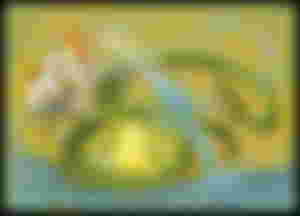
As present in Indian mythology, such as the Rigveda, as it is elsewhere, the dragon or serpent Vritra was know to be the most powerful of all. Bearing a name whose meaning is "Enveloper", he was said to surround mountains and touch the sky.
Again, the similarities with those of other South-East Asian cultures are not just coincidence. The association with water in general and droughts and rainfall more specifically, is present across all.
The story of Indra fighting the snake god Vritra was changed over the years and one version has Vritra swallowing Indra. Only when the demon is forced to gag, does it release the hero. Notice the similarity between that version of the story and the Greek story of Jason being disgorged from the insides of the Colchian Dragon. Those legends undoubtedly take origins in pythons and boa constrictors and their capacity to swallow prey entirely without breaking down their food.
Levant Dragon - Leviathan

The destruction of the great snake is a myth that seems to be universal across human cultures across the globe. It makes no doubt that man has always feared the unknown and the darkness and depth of the oceans coupled with some of the creatures we knew of at the time explains the multiple references to huge snake like creatures emerging from the sea.
Japanese Dragons
Also called "ryū" or "tatsu" (龍 or 竜), multiple legends and myths about the draconic monsters exist in Japan and their culture is rich with illustrations on the subject. This particular type of dragon is very similar to the Chinese Dragons since the myth was imported from China. Their association with water is the same and they are also wingless creatures.
Notice that both in Chinese culture and in Japanese culture, the dragons can actually fly, mostly like a snake moves and also partly the way a fish swims in water. Authors and students of Japanese mythology have remarked that Japanese dragons have invariably three claws on each of their limbs.
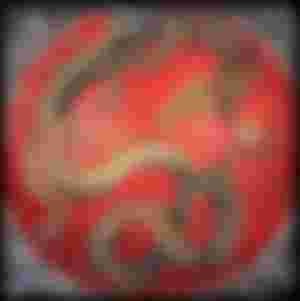
Myths of dragon serving as mounts for powerful men and myths of Dragon living in water are extremely common. One such myth is that of Yamata no Orochi, an evil entity with eight heads and eight tails. Although it does not conform to modern definitions of dragons, it definitely fits into the role of reptilian monsters with snake heads. They are also associated with Deities of Sea or as inhabitants of the Heavens. Even religion was influenced by the mighty creatures. The following image shows an example of Buddha riding a Japanese dragon.
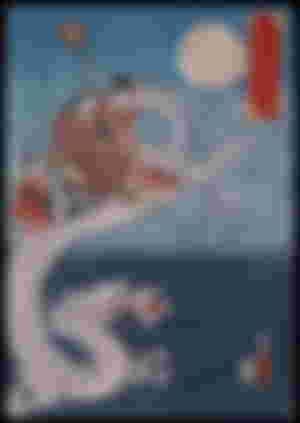
The article would not be complete without mentioning Godzilla, another popular myth of a reptilian creature from Japan. I chose not to illustrate that one however since it has been made into countless movies already and people are very familiar with the monster. Remark however that even here, the monster has a dual nature and is helpful when dealing with other denizens of the deep as portrayed in some recent films.
Norse Dragons
The Vikings were on to the legend as many of their artefacts depict dragons from the sea. This myth permeates some of the sea-related artistic creations. Since the dragon was an inhabitant of the seas, it only made sense for Vikings to have ships with a prow ornamented as the head of a dragon or a sea snake.
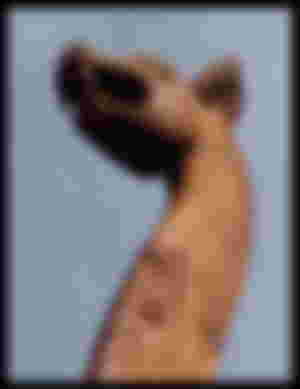
Multiple monsters inhabit Norse mythology and the one that most closely is associated with the concept of the dragon or great snake is Jormungandr.
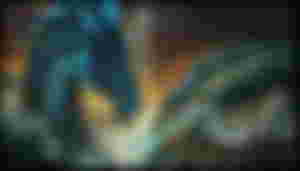
Probably one of the most important legend regarding dragons is that of Jormungandr (pronounced "Your-Mun-Gand"). It stands on the same level as that of Apep, Leviathan and Vritra. They are Gods of the Sea, monsters of impossible dimensions which only a god or demi-god can slay. In Norse mythology, Jormungandr was believed to bring about Ragnarok, the end of the world.
But Jormungandr is the son of Loki the trickster and Angrboda ("bringer of anguish"). As such, he himself was a giant, not just a giant snake. Little known to people usually is the fact that Fenrir and Hel were also both siblings of Jormungandr.
As a precaution taken by Odin, the giant snake was thrown in the waters surrounding Midgard, hence his second name as the "Snake of Midgard". Also the appellation "Serpent of Midgard" is frequent.
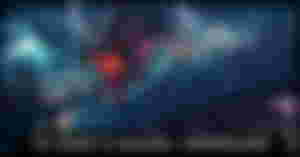
It is very interesting to note also the the symbolism for the Orobouros, the Serpent that eats its own tail, has connections to the legend of Jormungandr as well. It was believed that Jormungandr would hold the Earth encircled while eating its own tail. That symbolism is found also in India and Egypt, as seen above. This surrounding also meant that a trip to "the end of the world" would end up in Jormungandr's mouth.
Thor and Jormungandr would remain nemesis of one another for many other stories. It is prophesied that in the end times, during the war of Midgard, between men, Jormungandr will come back and bring about Ragnarok.
Another dragon of importance in Norse mythology is Nidhogg, which was entangled with the roots of Yggdrasil, the Tree of Life. Deep down, he gnawed at the roots and ate corpses.
Fafnir was yet another example of a dragon. This time, we find that it was the son of a rich dwarf king who murdered his own father to take the treasure and fled in a cave. He thus transformed into a dragon.
Water Dragons
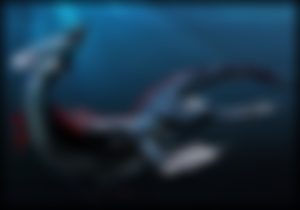
(Right: A Water Dragon, as illustrated by Jia Hao. Source: https://artofjiahao.com/projects/qW9ER?album_id=1618512)
Water dragons have been conceptualised differently by different artists over the years. The myth of the giant snake, as observed in the Norse section of this article, does indeed refer to a water dragon. But we can get more specific. The illustration shows a dragon with palmed feet. Swimming more or less like a fish or like a snake is the main difference implied here.
Of course, this article would not be complete without making a mention of the Loch Ness monster and how it also is a sea dragon of its own. The myths and legends surround the inhabitants of the deep sea have always fascinated mankind. Are there other concepts for deep sea dragons? There are modern equivalents, of course. You can go check another recent article entitled "The Dragon in the Sea". It talks about submarines; Modern sea dragons.

Forest Dragons
Forest dragons are masters of disguise. They inhabit their natural habitat like a second skin. Covered in moss, bark, leaves, their scales are covered the natural growth of the forests. Often, old forest dragons form a symbiosis with their environment, thus providing and receiving in return. Their presence in a forest is beneficial since their magical auras permeate nature and foster new growth.
Tainted forests can be cleansed by forests dragon. Legends speak of evil and dark forests that were the unfortunate hosts to demons or other evil creatures. The eventual arrival of a forest dragon healed the land and purged the evil from within.
Another instance of people finding real dragons is the one written about by @sgbonus in his article: "Forest - The Bearded Dragon". The relationship to Forest Dragons is nominal but it is still worth a look.
Being masters of disguise, forest dragons are extremely hard to spot in their natural habitats. I am providing here a picture of a dense forest so you can try to find the forest dragon within. Don't spend too much time however on this image. If you can't find the dragon, just move on. It is so well hidden, I have yet to find it!
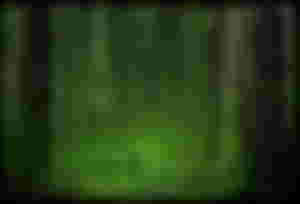
(Above: Forest Dragon hidden in the trees of a dense forest. Image source: https://hugh-byrne.com/upcoming-workshops-and-retreats/a-clearing-in-the-dense-forest-of-your-life-a-mindfulness-and-loving-kindness-retreat)
Black Dragons

Black Dragons are known to be malevolent, quick to anger, cunning and also fundamentally evil, revelling in the pain caused in others. @H3ruvim78 has written about Black Dragons in the past. They are solitary and can even abandon their young prematurely, which they regard as competition.
They breathe a wide (15 to 20 meters) stream of acidic gas as a form of attack. Like many other dragons, its tail and claws and teeth are also used for defence and attack. They generally prefer marshes, jungles, rain forests and dark woods, dismal and prefer darkness over daylight. Also, they are known to be able to breathe underwater and to be immune to acids.
They are also able to use magic and to summon plants and insects as well as other reptilians as they grow older. They are excellent swimmers and love to ambush prey while hidden in marsh waters lurking like a crocodile.
White Dragons
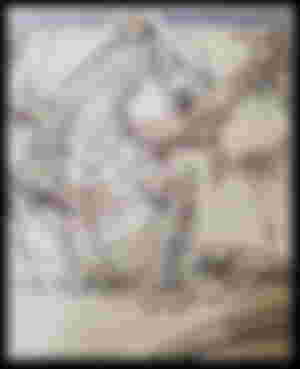
These relatively small, evil and impulsive dragons are known to be vicious and animalistic. Their natural habitat and colour fits perfectly with snowy areas. They need cold temperatures to be at home and typically inhabit caverns of ice. They dislike sun rays and are immune to frost damage. They are able to swim and will dive and fight with claws and tail and tooth for their meal.
Like other dragons, they possess magical abilities above those of normal human magicians. As they grow older, they gain the abilities to walk over ice, to control the winds to a certain extent and to manipulate fog around them. They use that magical fog to prevent being attacked or to prevent its prey from noticing its presence.
Their specific breathe attack is a cone of frost which can reach up to 25 meters in length.
Green Dragons
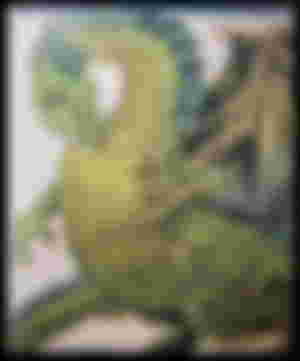
This type of dragon, not to be confused with Forest dragons, is particularly cruel, rude, mean tempered and they hate goodness. They somehow represent the opposite of Forest dragons since they seek mostly to enslave other denizens of the forest. Their scales can be various shades of emerald green, olive green and early spring grass colour.
They love to pick fights, enjoy intrigue and learning about hidden treasures or various plots. They themselves plot on others, to control and to accumulate more riches for themselves.
They breathe an enormous cloud of poisonous chlorine gas to attack the living organisms by acidic means and they can also swim and breathe underwater, like other chromatic dragons.
Although they rarely share the same forests, they love this environment just like forest dragons. Green dragons however seek to inhabit a lair under the forest instead of living in the trees and fresh water streams.
Blue Dragons
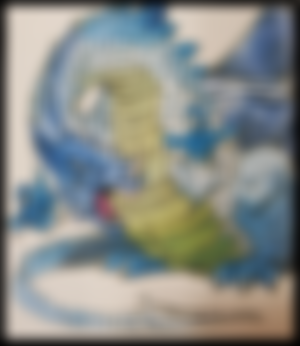
The Blue Dragon is highly self reflective and cunning. They seek to reflect on their treasures and successes and plan ahead complex ambushes for their foes. They are territorial and voracious. Their scales ranges from indigo to iridescent azure. Unlike the illustration above, most blue dragons exhibit a lighter colour on their underbelly which makes them less visible when in flight.
You can find articles here, on Read.cash about Blue Dragons. Read @bankarica 's article "The Blue Dragon". Another interesting observation is that of the aptly named river in Portugal: "The Blue Dragon" by @Beret1234 . Also, and perhaps the best example of miniature real dragons, are the blue dragons in the article by @Wizzyvine "Blue Dragons Wash Ashore in South Africa".
Their habitat is often the desert and hot sands are used to cover its body so that it can hide. They fight in the air most often than not, by reducing their opponents to cinder before the fight has even begun.
Their breathe weapon is electric and forms a powerful lightning bolt travelling more than 30 meters towards its target. Also, masters of flight and strong magic users, they love to use illusion magics to fool their adversaries. They also control the winds somehow, locally. Finally, they can summon certain elemental powers of dust such as dust devils.
Their lairs, mostly found in desert areas, are vast caverns complexes.
Brown Dragons
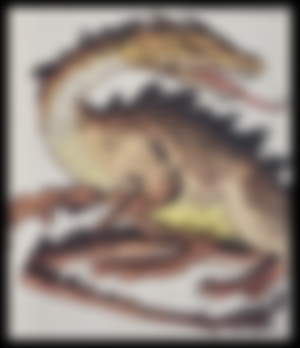
As can be observed in the picture above, Brown dragons do not have wings. Contrarily to the myth of Chinese dragons, which do fly without wings, the brown dragons cannot fly. They inhabit arid desert areas and are also referred to as "Great Desert Dragons".
They are ferocious and intelligent and will use their breathe attack for offence or defence. Their breathe attack is a a powerful acid.
While mostly solitary, they sometimes hunt in packs which belong to some form of clan. In order to hunt, their bury themselves in the sand and await their prey which upon being caught gets dragged below the surface in the same manner as crocodiles drag their preys down to eat.
Their are naturally immune to acid and can sustain extreme heat. Also, they can last almost indefinitely without oxygen. They also have the ability to cast spells, as is the case for nearly all dragons. As they age, brown dragons gain powers to summon Earth Elementals, to create water and sand and also gain some control over sandstorms that they can summon.
Their burrows are deep (approximately 300 meters) and is made of vast networks of caverns. Blue dragons are known to attack Brown dragons. As such, blue dragons are regarded as more evil than their brown counterparts.
Red Dragons

(Above: Illustration of a Red Dragon guarding his lair and his treasure ferociously against an adventurous warrior seeking glory. This illustration was the cover for the very popular Dungeon & Dragons boxed game set released in the early 1990s. The illustartion is by Larry Elmore)
Red dragons are often the chosen representative of their kind to serve as models for illustrations. Smaug in The Lord of the Rings and The Hobbit, was indeed a Red Dragon.
This type of dragon is the most greedy of all. Their treasure is their most prized possession and their keep an accurate account of every last coin making it up. Their are vain, arrogant and self confident. When compared to animalistic ways of white dragons, red dragons are not the same at all. While they are prompt to action and will jump on any foe, they are exceptionally intelligent.
A red dragon's breathe attack is a searing cone of fire roughly 30 meters in length and 10 meters wide. They are immune to fire and just like brown dragons, can sustain extreme temperatures. As they age, their magic gets more powerful and their are able to hypnotise, suggest or otherwise influence their preys to do their bidding.
Yellow Dragons
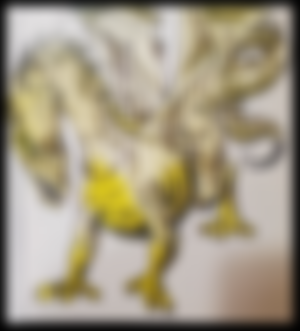
This type of dragon also inhabits deserts, just like the blue, brown and brass dragons. Similarly to brown dragons, they ambush their preys by hiding in the sand. Their technique is different however. I have found an article about Yellow Dragons by @Ching_Lyn : "Yellow Dragon".
In order to ambush their prey, yellow dragons will often create a small but steep crater with sand and bury themselves in the centre. When an unfortunate traveller slides in, they move their wings to collapse the walls of the crater, further trapping their prey until it reaches their powerful jaws.
They are rare and solitary and should be confused with the Chinese yellow dragon as mentioned above. The Chinese concept of a yellow dragon refers to the gold dragons. Instead, yellow dragons are evil and learn to create and destroy water, create dust devils and render themselves invisible. Like most dragons, they are users of magic as well.
Their breathe weapon is a mixture of sand and air which scorches their targets. The affected area can be as big as 20 meters long and 15 meters wide. They themselves are immune to fire and heat. Their main enemy are brass dragons.
Gold Dragons

Gold dragons are the embodiment of good, justice and benevolence. They can fly, even if they often appear without wings. Their natural form has wings but they may chose not to wear them. Their ability to transform into other shapes lets them select what is more appropriate. Their wingless shape gives them and advantage when swimming as they do so like a snake underwater. They match the concept of dragons from Chinese and Japanese mythology.
Since gold is regarded as a noble metal, multiple stories about dragons made of gold have appeard. I have found this one from @snapping.turtle : "The Golden Dragon Part 1", and the following parts, of course.
Another interesting concept is that Gold dragons are generally more rare than others, just like the metal. So @libertycrypto27 enjoyed having a Gold Dragon to optimise his card collection: "Gold Dragon - My Card Collection Optimization"
They are genius and will always seek to parley before combat. They can transform to adopt a human form and are powerful magic users as well. They can transform into other creatures (animals, other dragons) as a form of illusion. They are known to make heavy use of magic to improve their own capabilities, often seeking more knowledge than other dragons. As such, they like to accumulate tomes of knowledge and parchments to hold spells. Also, gold dragons are immune to fire.
Their breathe weapon is a fire cone about 30 meters long and 10 meters wide at the point of impact.
They prefer to eat pearls and gems but can also anything just about anything else. Their habitat is often organised stone caves or castles. They hire guards and are known to be both loyal and good-natured.
Silver Dragons
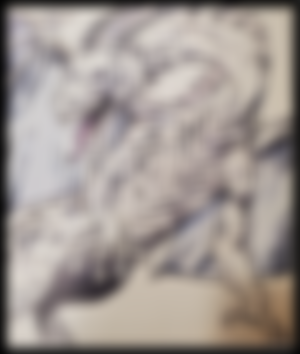
The silver metallic dragon is known to be friendly, good and kind. Their scales are made of silver and from a distance they appear as having been carved out of a bloc of pure silver.
Silver dragons often take the form of kind or non-aggressive humans such as an old person or a young damsel. Their intelligence is exceptional. They are not geniuses like the gold dragons but still powerful magic users.
Their breathe weapon is double: they can either use a cone of cold that is about 25 meters in length and 10 meters wide at its end. Their second breathe attack is in the form of a paralysing gas cloud. They are immune to cold and somewhat masters of the air; They can cloud walk using magic, they can reverse gravity, control the weather and alleviate the fall of objects to slow them down. All of those powers appear and/or grow as the dragon ages.
Their lairs are often aerial or in the mountain peaks. Some prefer to inhabit the clouds themselves. They are not to be confused with cloud dragons however.
Steel Dragons
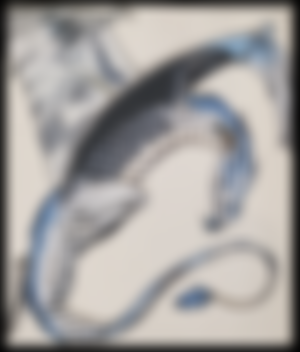
The intelligence of these dragon is usually referred to as supra-genius. Steel dragons love mankind and its proximity. They seek also the company of other civilised creatures such as elves and dwarfs. Their high intellect and their taste for knowledge often leads them to assume human form and to pose as intellectuals, poets, artists or scientists.
Powerful magic users like other dragons, they are naturally immune to all poisons and to many lower level magics. This means that small scale spells cast by young dragons or other creatures, will not affect them.
Their breathe weapon is a cube of toxic gas which they can exhale to impressive sizes.
Overall, like gold and silver dragons, Steel dragons like to keep humanoid companions and despise evil.
Copper Dragons
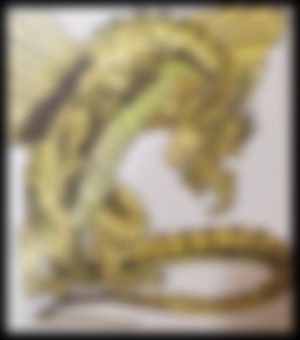
The trickster of the metallic dragons family, copper dragons like to play tricks and fool their opponents. They are adept that climbing walls, jumping from side to side and using magic to create artificial walls of stone or mud.
Their magic also allows them to transform stone to mud and to neutralise poisons.
Their breathe attack takes two different forms. One is a gaseous cloud that slows the opponents caught within. The other is a projectile like spurt of acid that can reach 25 meters in distance to its target.
They are good creatures but their more chaotic nature makes them mischievous, selfish and greedy. They inhabit hills, mountainous areas and caverns. Red dragons are often encountered and fights occur between these two species since hey inhabit similar areas.
Brass Dragons
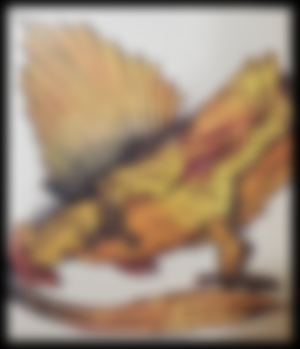
Brass dragons are part of the metallic family of dragons. As their cousins, they thus have two different breathe attacks. The brass dragon's breathe attacks are first a cone of magic that puts living creatures to sleep. The size of this cone is about 25 meters in length and 8 meters wide. The second breathe attack consists of a cone of heat (not fire), which can extend up to 20 meters in length and cover an area of 12 meters in width.
Mostly, brass dragons are distinctive from others because they enjoy a good talk. They are good-natured but can also be boorish and egoistical. Talking is what they like but they are not good at conversation. If an intelligent creatures refuses to have a talk, the brass dragon might attempt to suggest to the victim, the same way hypnosis works. Otherwise, the dragon may just cast a sleep spell on its victim. Upon waking up, the victim will need to have a talk with the dragon before being let free or devoured.
They are not extremely intelligent but still have high intelligence enabling them to use magic and to talk endlessly. Some of their magical powers allow them to summon dust devils and even Djinns when they get old enough. Their abilities also grant them some power over the temperatures and they themselves are immune to
Bronze Dragons
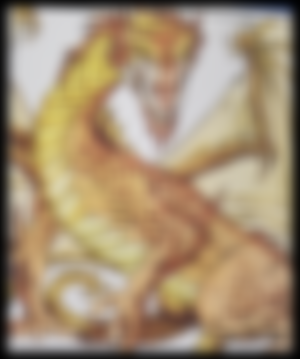
These beings of exceptional intelligence have multiple interesting traits that make them great allies of humans. These dragons will fight together with human armies if the pay is interesting enough. They are inquisitive and love to transform into small animals to observe quietly the society of civilised creatures such as men, elves and dwarfs.
Their breathe weapons are first a stroke of lightning 40 meters long, and second, a magical cloud of repulsive gas which repels objects caught within away from the dragon.
They use magic and can fly, like most other dragons, but can also swim and are at ease underwater. Their natural abilities allows them to breathe underwater, to gain immunity from lightning and to transform itself. It can also create food and water and is able to use its lightning attack underwater by using magical means. The lightning does not dissipate but surprisingly enough, strikes the target at the speed of light, with deadly precision.
Another of their abilities is use mind reading and mind influence. They can also control the weather up to a certain extent when they reach full maturity.
Their natural habitats are deep fresh water or salt water. They will often be found in underwater caves and are very adept at fighting boats. They are very fond of shark meat and will also eat aquatic lifeforms such as plants to sustain itself.
They are regarded as allies of good and lawful societies such as those of humans.
Amethyst Dragons

Amethyst dragons are very honourable, regal and wise. As a gem dragon (by contrast to chromatic dragons), it can use psychic abilities. This is not the same as using magic. Those psychic abilities are varied and multiple. They are amongst the most potent of gem dragons abilities because they come on top of their existing magical abilities, and also, their obvious physical strength.
Some of those psychic abilities are such as telekinesis, inertial barriers, healing, metamorphosis, molecular manipulation all the way to the cellular level. Also telepathy and various abilities related to mind reading form the basis of what those powers can do.
The breathe weapon of an amethyst dragon is a lozenge of violet energy which explodes upon contact with its target, up to 25 meters away. This breathe attack is also known to paralyse its subjects sometimes. Also, amethyst dragons are naturally immune to forces fields and poisons.
They are naturally able to breathe underwater and are excellent swimmers. Their diet consists of fish but they much prefer to eat gems. Since they make their lairs on isolated lakes in mountain ranges or in underwater caves, their diet of fish can be satisfied in their habitat. They are not enemy with any living creature particularly. They stand somewhat in between good and evil, preferring to stay neutral most of the time.
They are genius if an amethyst dragon encounters a foe, it typically prefers conversation over battle. But it never talks as much as a Brass dragon!
Crystal Dragons
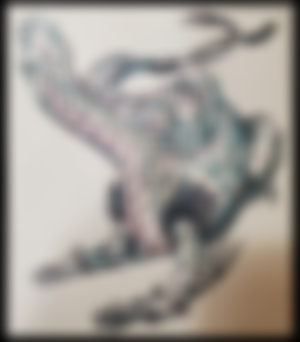
As another member of the gem dragon family, the Crystal dragons also share the psychic powers of other gem dragons. For the crystal dragon, those powers are such as clairvoyance and precognition.
Their breathe attack is a cone of sharp crystal shards with a length of about 20 meters. This attack can also dazzle creatures that look at it for the brilliance of that attack is devastating to the eyes of the beholders.
On top of those psychic powers and breathe attacks, the crystal dragons are known to be able to walk through flames and are also immune to any form of sonic attack. Perhaps it is thanks to their crystalline structure that they are able to withstand such powerful pressure waves of air without flinching.
Living in secluded areas, such as a volcanic crater of a remote lake, the crystal dragons are some of the most fun loving and friendly of the gem dragons. They enjoy stargazing and no doubt the presence of water allows them to witness their reflection and that of the stars. They are exceptionally intelligent and can be dangerous if threatened. Their playful nature and curiosity and mischievousness is what makes them unique among other gem dragons.
Emerald Dragons

Emerald dragons are known to be curious. They are not as dominant as as inquisitive as other dragons but they like to observe and learn about much of civilised societies. Although they typically do not live near human societies, they will still visit sometimes, due to their curious nature.
They live in dormant volcanic craters or near subtropical forests. They enjoy eating lizards and despise red dragons. They can also be found sometimes living near sapphire dragons, one of their gem dragon cousin. In their caverns, they may lay down traps and various alarms for additional protection.
As for their breathe attack, it is a keening wail which causes vibrations in living and inanimate objects caught in the cone. The reach of the wail can be up to 40 meters from his mouth. Additionally, creatures caught in the blast may be paralysed or stunned by the sheer sonic boom.
Emerald dragons, like many others, are exceptionally intelligent and are powerful magic users. They have an innate ability to walk through flames and also a natural immunity to sound-based attacks. As they age, they gain new powers enabling them to stun individuals, hypnotise them and even animate rocks.
Their psychic powers are varied, ranging from the telepathic abilities to more exotic forms of mind controls, sight links, etc.
Sapphire Dragons

This type of dragon is like other gem dragons, able to use psychic powers (telekinsis, telepathy, etc.) However, in this particular case, the sapphire dragon is able to project a part of his psyche by a technique called psychoportation. Also, it has the ability to animate shadows and to control light. Those abilities however, only come with age. Younger dragons are only able to use clairvoyance and direction sense. Middle-aged sapphire dragons will also have powers related to molecular manipulation and rearrangement.
They live deep underground and they hide the entrance to their cavern systems by either magical means or by psychic means. They are considered geniuses when it comes to their intellect and they posses powerful magical abilities allowing them to hold creatures, slow them down, manipulate light and shape stones. As they grow older, great sapphire wyrms are able to channel a burst of powerful light as well as summon walls of stones and pass through stone themselves.
The breathe weapon of a sapphire dragon is a high pitched sound directed in a cone. The length where it is most effective is within 25 meters. Creatures caught within have a sense of repulsion for the dragon and will seek to flee. The sapphire dragon itself is immune to any type of fear or terror as well as various forms of movement control. They cannot be paralysed or held in place themselves.
Topaz Dragons
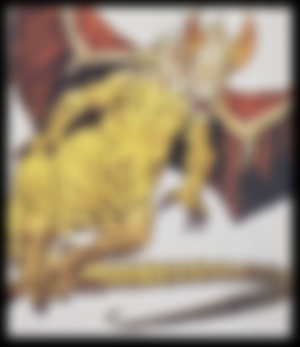
Topaz dragons have scales that are faceted are when fully adult, they reflect light profusely. They are not malevolent but are known to be selfish and unfriendly. Their intelligence is exceptional however and just like other dragons, they are able to use magic. Also, like other gems dragons, they have the special ability which allows them to use psychic powers.
Some of the topaz dragon's psychic powers are such as telekinesis, object animation, energy containment, life drain, molecular manipulation and metamorphosis.
Since their favourite diet consists of fish and other aquatic creatures, they often establish their lairs under the sea, in caverns below the surface. Their abilities with water does not stop there; They are great swimmers but only swim to hunt or to attack. Their strongest aquatic ability is their ability to part water, their ability to breathe underwater and their immunity to cold temperatures.
The breathe weapon of a topaz dragon is a form of dehydration which is magically projected from the dragon's mouth in a cone of 25 meters in length. The dehydration effect can severely any organic water-based lifeforms, such as most known species.
Mercury Dragons
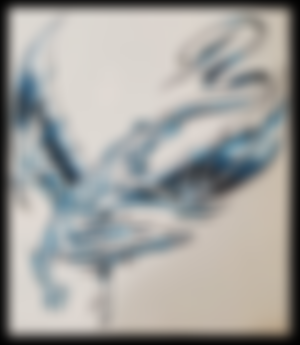
The temperament of mercury dragons is similar to how they look in flight: quick to change directions. That is to say that mercury dragons are quick to change their minds. They are highly intelligent but not as much as other dragons. They are fast, manoeuvrable and have long tails. Their unpredictability still does not prevent them from doing good overall. They dislike evil and mostly attempt to parley or use spells to defend themselves.
The breathe attack of a mercury dragon consists of a ray of brilliant yellow light reaching up to 25 meters in length. The ray of light is intense enough to ignite objects caught in its path. It inflicts severe heat damage. Given this ability, they are immune to fire and also can use their wings to reflect light in a powerful manner, often blinding opponents.
As they grow older, mercury dragons gain more spells which allow them to work with light for their advantage. They can thus project images, create mirror images of themselves or others, use telekinesis (even if they are not gem dragons) and also transform themselves. Those abilities cannot be used at will as each use will weaken the dragon.
They can be found in mountain ranges and in subtropical climates. They often live alone and will raise the young dragons together with the other parent until the young can leave the nest. Mercury dragons are known to eat just about anything but metal is what they prefer.
Cloud Dragon

Cloud dragons are considered geniuses. Their magical abilities, like other dragons, develops with time as they age. Some of those powers include the ability to make fog solid, the ability to create a stinking cloud of gas and their ability to create water. On top of that they are also able to call lightning and they gain a form of control over the weather.
As their name implies, they live in the clouds. In their habitat, they create a minimum amount of magical flooring which enables them to store their belonging and lay their eggs.
They are very rare and mostly solitary and also seek to avert confrontations.
Probably one of their strongest abilities is that they can assume a cloud form at will (and revert back to dragon form). In that form, they are almost indistinguishable from ordinary clouds. They are also immune to cold.
The breathe attack of a cloud dragon is a cone of freezing air with ice crystals in the mix that is projected up to 50 meters in length. The sheer force of this attack is enough to send any unwary opponent flying backwards unless they can secure their feet solidly.
Deep Dragons
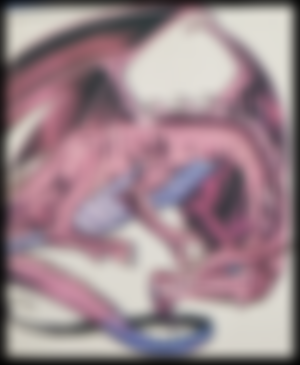
Deep dragons are called like this because they inhabit the depths of the world. That is to say that they inhabit the Underdark: A mythological underworld filled with creatures, caverns and grottos. The absence of light might be the reason behind the high concentration of evil creatures that inhabit this part of the world.
They are cunning hunters and like crocodiles, they can stay a very long time patiently waiting for their prey to stumble in front of their mouth. Their intelligence is exceptional and they are powerful magic users. Their ability to transform and to espouse the likes of others often allows them to fool people regarding their true identity. They are also able to see in the dark and are immune to charm spells or spells that would seek to hinder their movement. They are highly resistant to extremes of cold and heat.
The breathe attack of a deep dragon is a cone of flesh-corrosive gas that can extend up to 18 meters in length. Some of their additional powers include the capacity to assume the form of a snake (regular snake), the form of a humanoid and also the capacity to regenerate themselves at an alarming rate. As they grow older, this capacity to regenerate only improves. They also gain telekinesis powers along with the ability to change rock to mud and to pass through walls. Elder great wyrms of the deep dragon family can speak any tongue and are able to dynamically shape stones with magical spells.
Mist Dragons
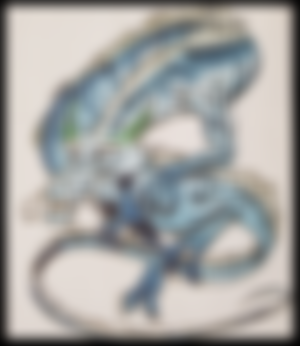
Mist dragons are the philosopher dragons. They are solitary and enjoy sitting quietly and thinking. They enjoy their solitude and dislike conversations. Probably their strongest ability, similar to that of a cloud dragon, is their capacity to change their physical form into a mist of vapour. They can still cast spells while in that form.
Their breathe weapon is a cloud of scalding vapour which can extend up to 30 meters from their mouths. If the air is still, it quickly turns into a clammy, smothering fog that harms air-breathing creatures caught within it.
They do not typically assume a form with wings but can fly just as well without them. Also, independently of their form, they are immune to fire and heat. From a young age, they are able to breathe underwater and as they grow older they gain other powers. Many of those additional powers are magical in nature and deal with weather control, the creation of fog and the control of the winds. Their breathe attack is also usable underwater but the dragon first has to create a pocket of air.
Their lairs are found near waterfalls, rapids and coastlines where watery mists are frequent. They can live by eating just about anything, like many other dragons but they can sustain themselves purely on watery mists.
Shadow Dragon
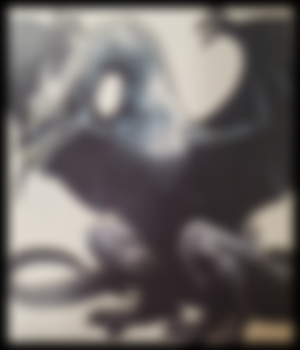
Shadow dragons are not made of shadows. Their scales and body is translucent. When a shadow dragon hides in shadows, it looks completely invisible. They are fond of black gems and dark-coloured stones. The diet of a shadow dragon however can be just about anything. For living organisms, they prefer to let the organism decay and rot before feasting on it. They dislike total darkness but dislike brights lights even more.
Their lairs are to be found in ruins, rocky outcroppings and they can also travel and make lairs onto another dimensional plane: the place of shadows. But when outside of this realm, they seeking shadowy areas in non arctic climates.
Their intelligence is great and is classified as genius. This in turn powers their abilities with spells. They are immune to any form of magical energetic drainage and gain additional powers as they age. Some of those powers include the creation of mirror image of themselves as well as the creation of dimensional doors which they can use to travel between planes. They can also "walk" on shadows through magical means and even create shadows when old enough.
The breathe attack of a shadow dragon is a a cloud of darkness which is impervious to all forms of light, natural or magical. This darkness can cover an area 15 meters in length and 10 meters wide. Within the cloud of darkness, creatures are blinded and may also suffer a form of magical energetic drain which leaves them weak.
Draco-liche
A liche is a special type of undead monster. It is generally known to have been a living creature in the past. That living creature may have been a powerful sorcerer or priest of necromancy. This creature eventually made the ultimate sacrifice; to trade it's life for an eternity in undeath. But in order to preserve an attachment to the world of the living, liches need to have a phylactery. This object, which can take many forms, are typically guarded and hidden by the liche as it represents the link which anchors it to the mortal realm. If that link is cut off, then the liche will not be able to reincarnate in the world of the living again.
When a mighty being such as a dragon becomes a liche, the results are impressive. Not only does the dragon retain its strength and speed, it also gains an insane amount of physical endurance. At the same time, its mental capabilities are increased so that it is an even more potent magic user after becoming a liche.
Not all undead dragons are liches however. Some are really just the resurrected carcasses of dead dragons brought back to life by necromancers. In all cases, the magical energy that animates these monstrosities can be severed at the source: find the phylactery and destroy it or find the necromancer or vampire and kill it. Fighting an undead dragon is best for experienced adventurers, to say the least. Fighting a draco-liche is best left to an army or to the most accomplished of heroes.

(Above: A Draco-liche is pictured fighting a group of adventurers that have invaded its lair. Illustration by Clyde Caldwell, title: Spellfire)
Galrauch and Baudros - Bi-cephalic Chaos Dragons
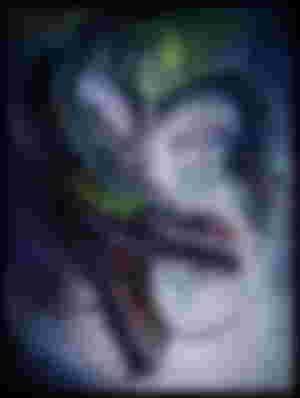
(Above: Baudros, a bi-cephalic chaos dragon is seen with the evil Chaos sorceror Egrimm Van Horstman atop his back. Artist: Cheoljoo Lee for the cover of the book by Ben Counter: Van Horstmann)
The world of Warhammer (by Games-Workshop) is incredibly rich with various races and creatures. Many dragons exist in the game and two particular ones are Galrauch, known as the First Chaos Dragon and Baudros, illustrated above, with the sorcerer Egrimm Van Horstman sitting on his back.
While Galrauch has a split head, all the way down to his neck, which has cauterised and mutated, Baudros has two fully formed heads.
Needless to say, Chaos dragons are inherently evil. Those who enslave them and bring them forth to battle are even more evil.
Dragon King
The Dragon King was featured before on this blog, in the Introduction post (read it here). This monster is unique in the World of Xeen and it resides in the Dragon Cave. The treasure it guards is similar to the ones pictured above in this article. You can imagine a vast mound of gold littered with magical and precious objects. Ancient artefacts and Tomes of forbidden knowledge also lie in his lair.
I was inspired by the posture his has on this image, with his head down and his claw reaching towards the viewer. This is what inspired me to model my own dragon. I will be proud to share him in a future blog post. There will be much to say about that dragon and it's customisation.
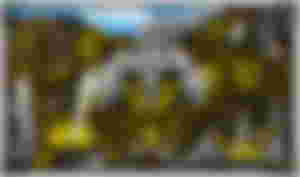
(Above: The Dragon King from 3DO's Might and Magic IV: Clouds of Xeen)
Mega Dragon
The Mega Dragon is the creature summoned by Alamar to defend the top entrance of his castle. Living in the clouds, he materialises from an Ethereal plane to fight the adventurers foolish enough to face him. This beast is qualified as "Mega" since it sits at the top of its food chain. Being the strongest monster from the entire World of Xeen universe, he was quite something to defeat.

(Above: The Mega Dragon from 3DO's Might and Magic V: Darkside of Xeen)
Dragon Pharaoh
The Dragon Pharaoh is the wise dragon which guide the adventurers in the World of Xeen so that they can put an end to the evil of Lord Xeen and Alamar. He resides in his pyramid, in the middle of the desert, on the Darkside of Xeen. Read more about the Dragon Pharaoh in my Introduction to Intelli Gaming.
He communicates with the Heroes through the magical Orb that they found.
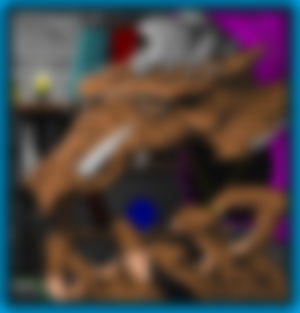
(Above: The Dragon Pharaoh from 3DO's Might and Magiv IV: Clouds of Xeen)
Nicol Bolas, Dragon Planeswalker
When it comes to power, everything is relative. Nicol Bolas is described as the God Emperor Dragon Planeswalker. He also often bears the name of Dragon Pharaoh or God-Pharaoh. His power is immense and his rule over multiple worlds is astonishing.

(Above: Nicol Bolas, Planeswalker God Emperor, illustration by Alexander Gregory for MTG)
Nicol Bolas was not the only Elder Dragon to inhabit the planes of MTG. He was in fact the youngest survivor of the Elder Dragon War in which six other dragons survived. Of his many names, each of which depicts his power, we can name the following: Second Sun, Forever Serpent, Horned One, God-Pharaoh of Amonkhet.
Coming up next
Subscribe to this blog, which includes content from Intelli Gaming, The Archive and The Library, so you don't miss out on upcoming articles. Intelli Gaming is focused on games and imaginary creations while The Archive only looks at games when it is time for military simulations. Otherwise, you will find The Archive articles about the economy, finance, cryptocurrencies and global geo-political commentary and analysis. The Library is for anything that doesn't fit elsewhere. It for sure fits in a tome or a section of The Library!
The next article is the review of the Dune series of novels, by Frank Herbert. Stay tuned!
Thanks for reading!
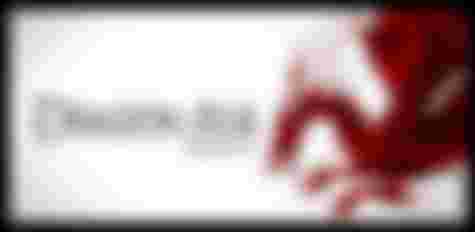
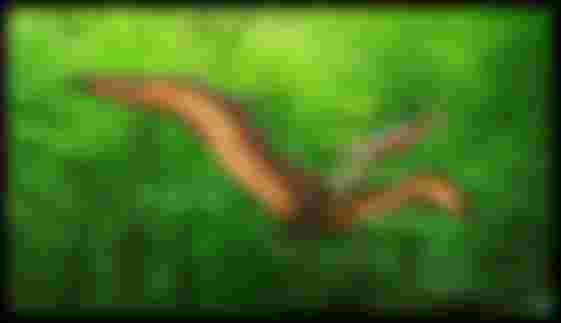

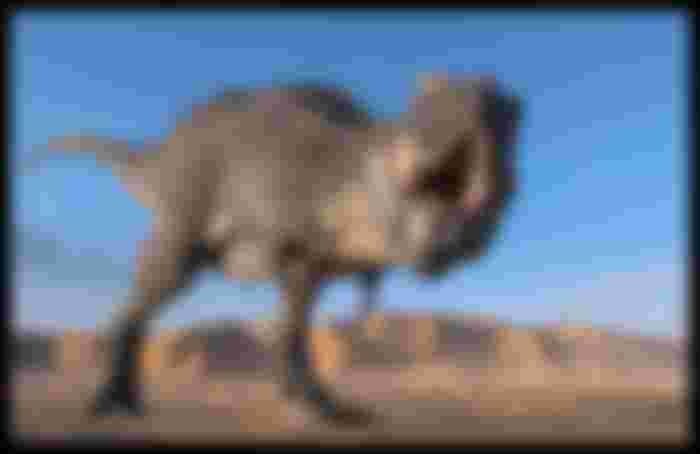

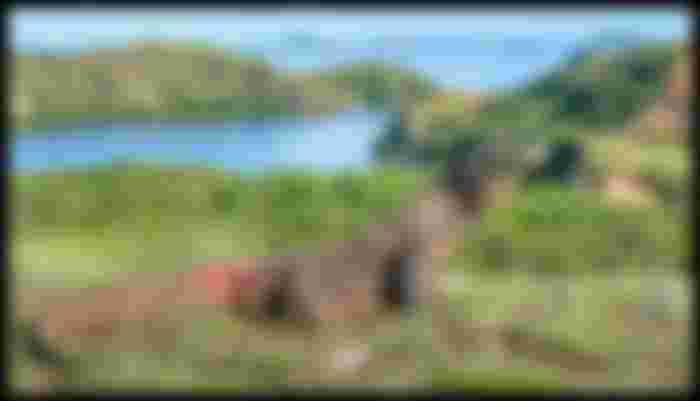
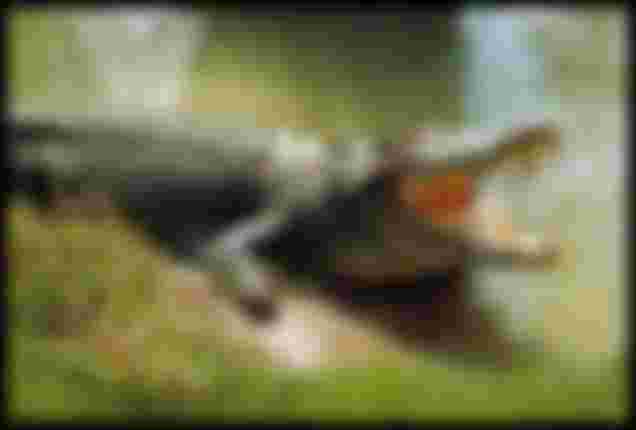


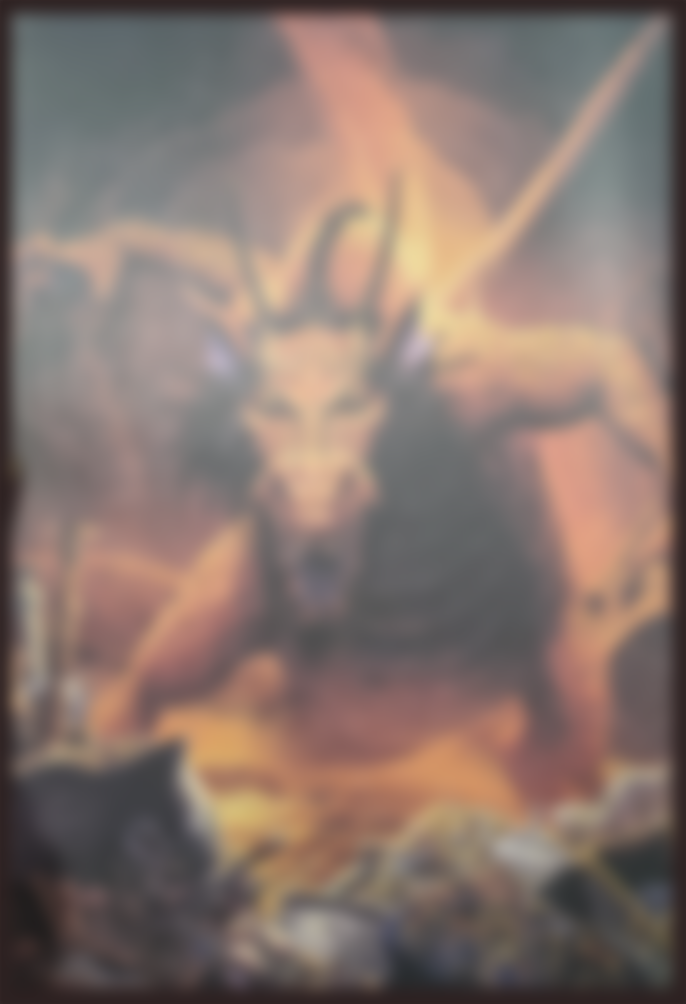
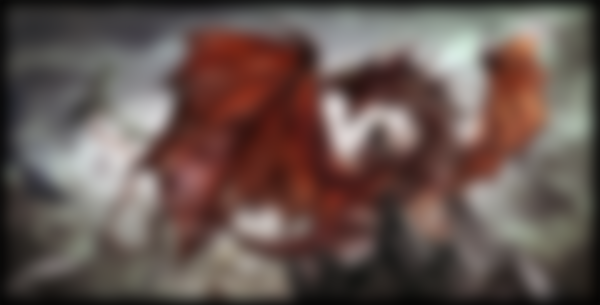

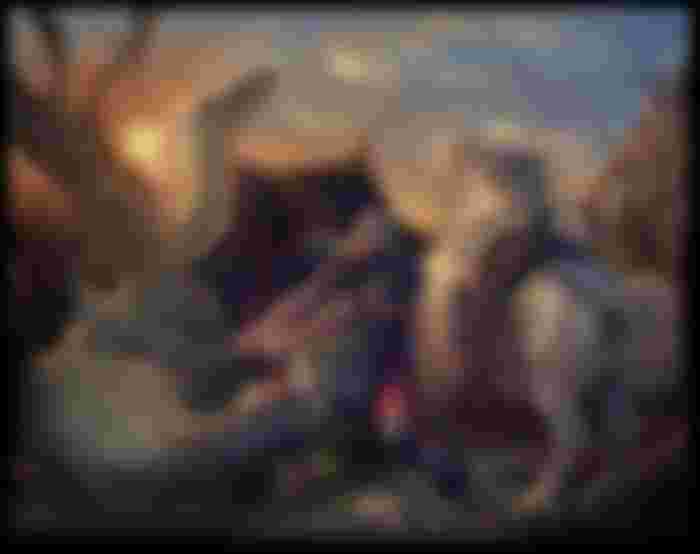


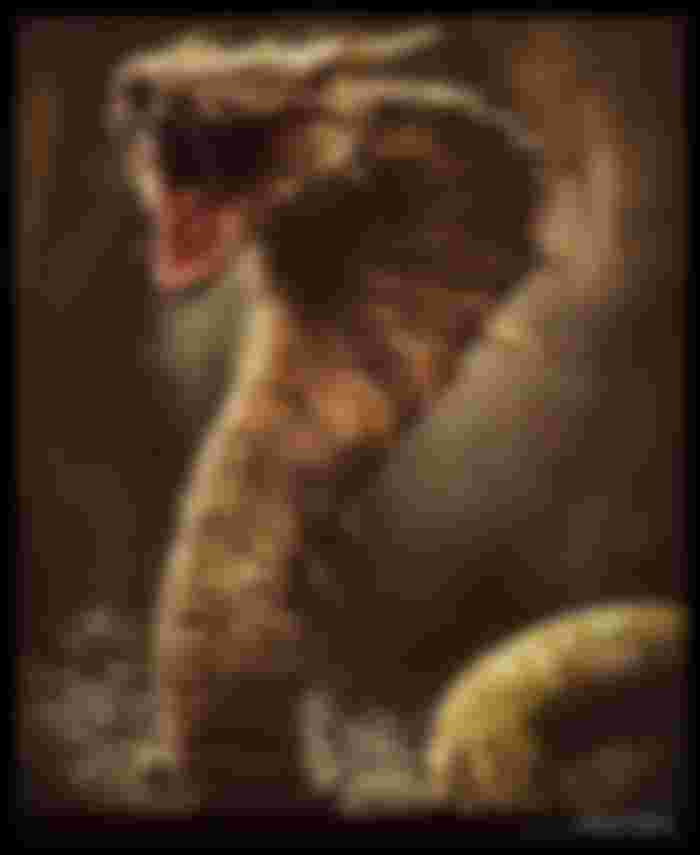
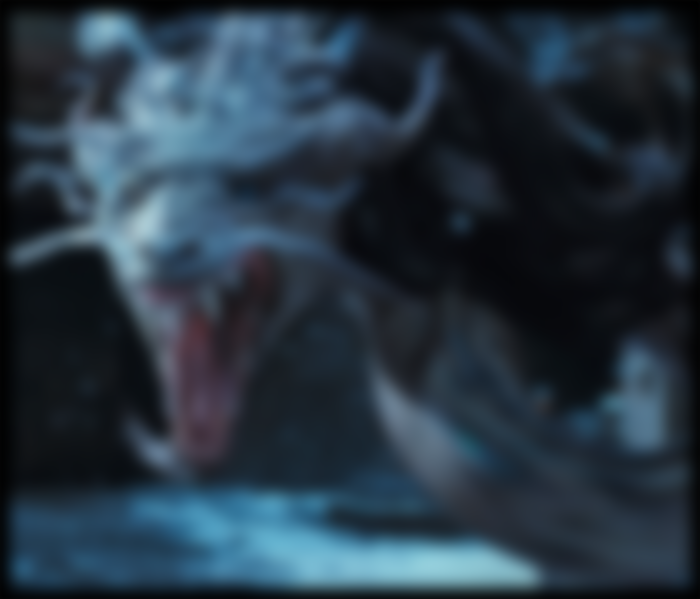

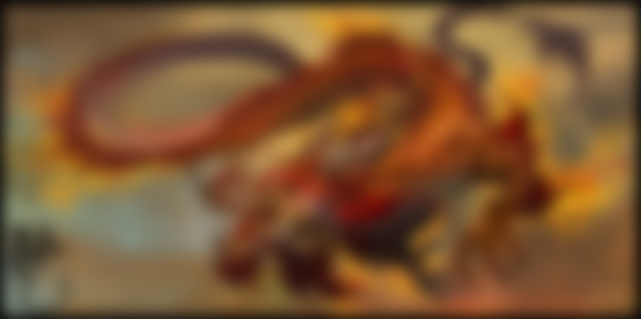
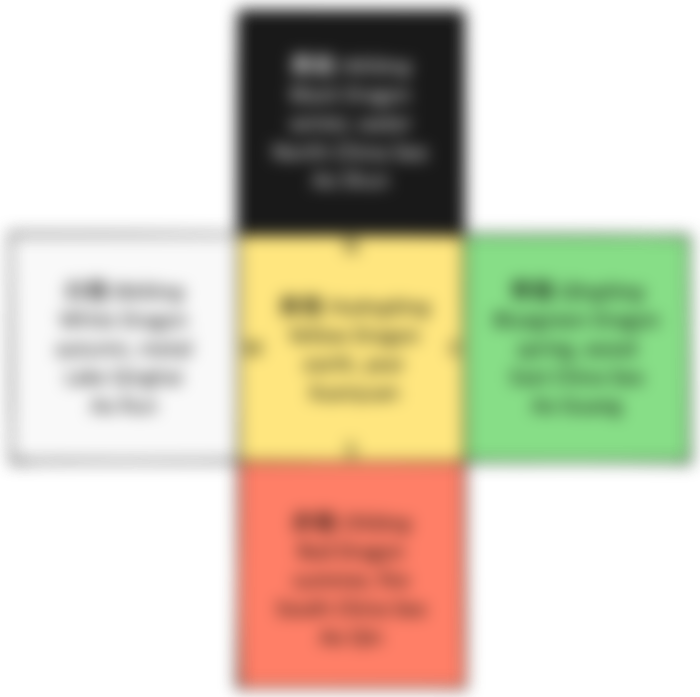
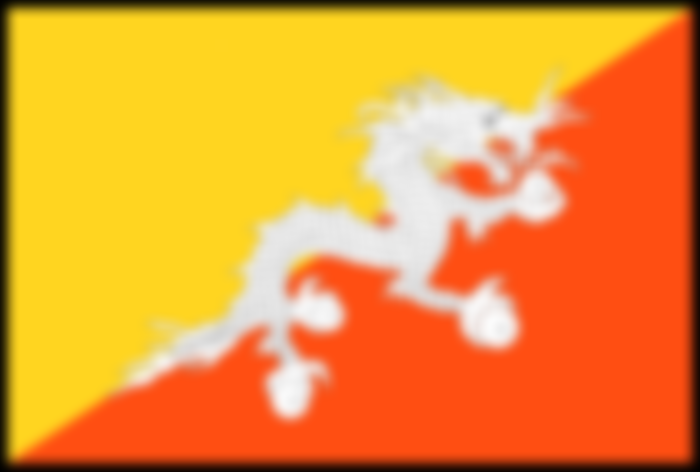

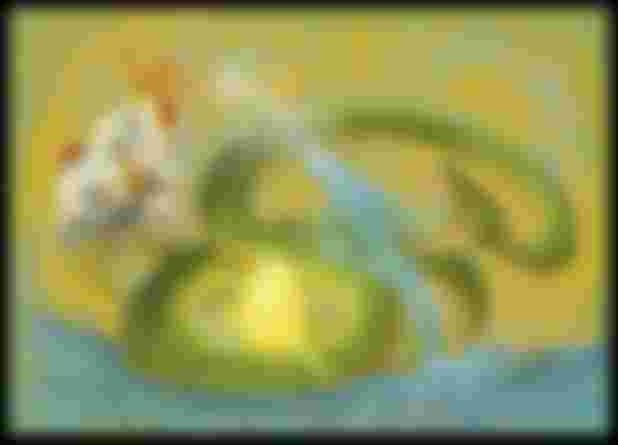

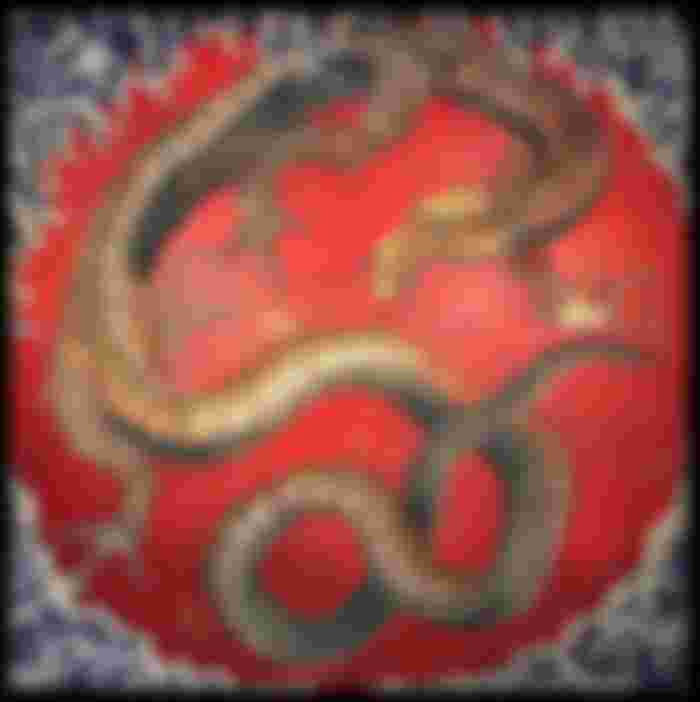
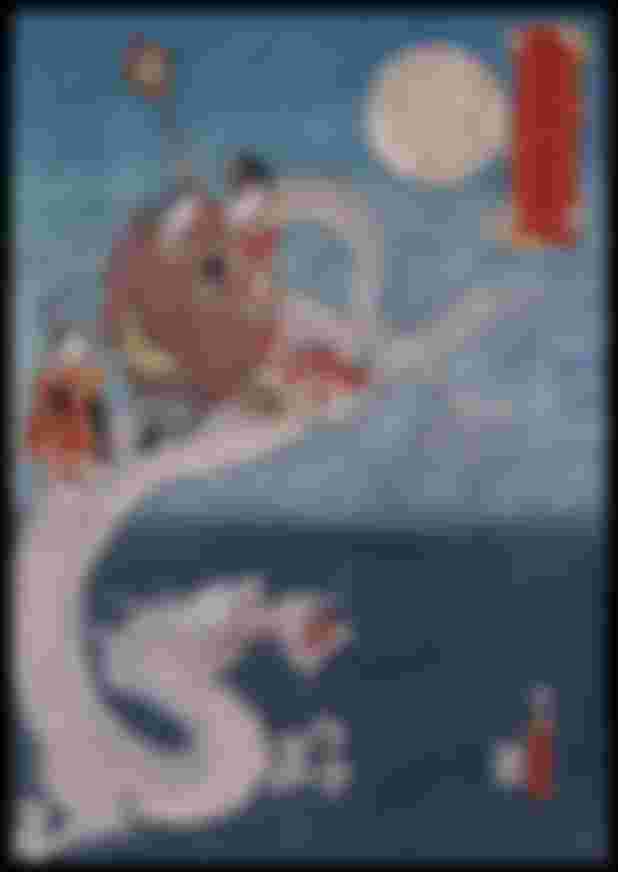
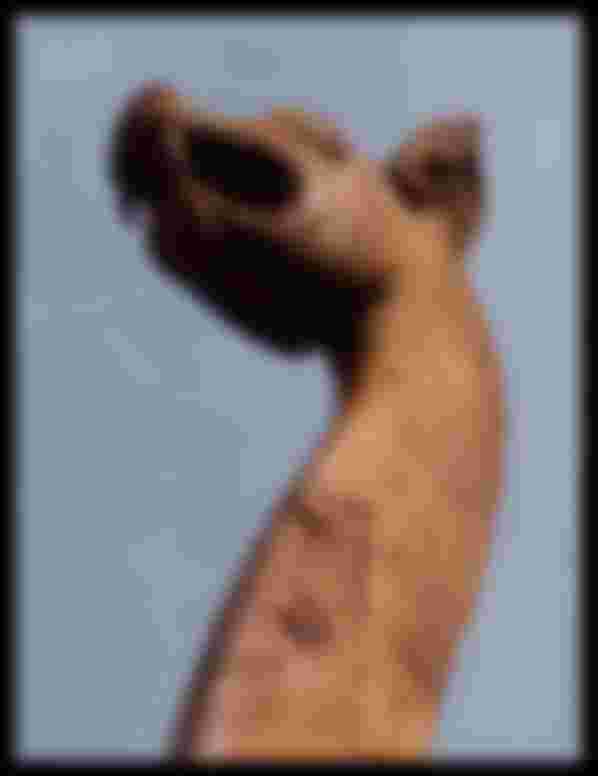
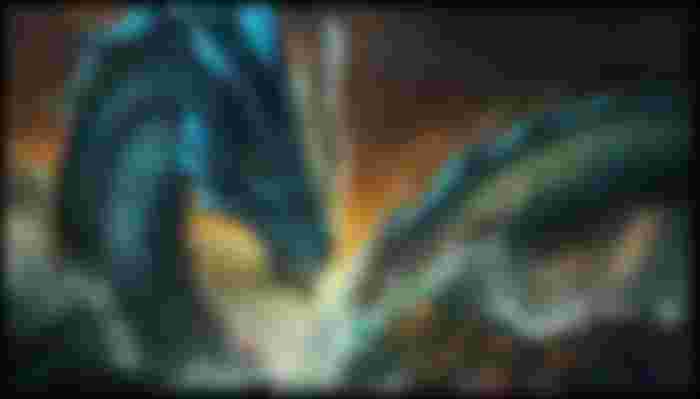




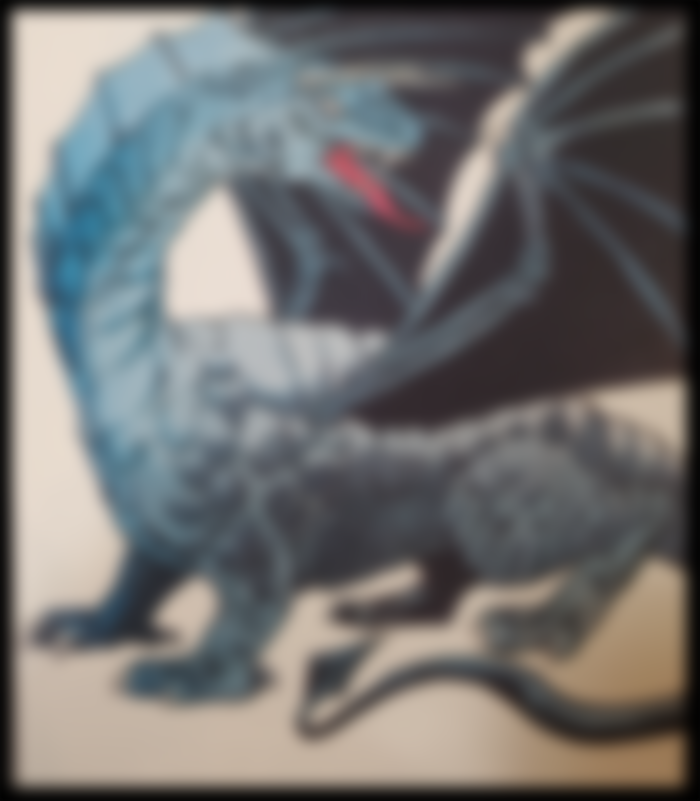
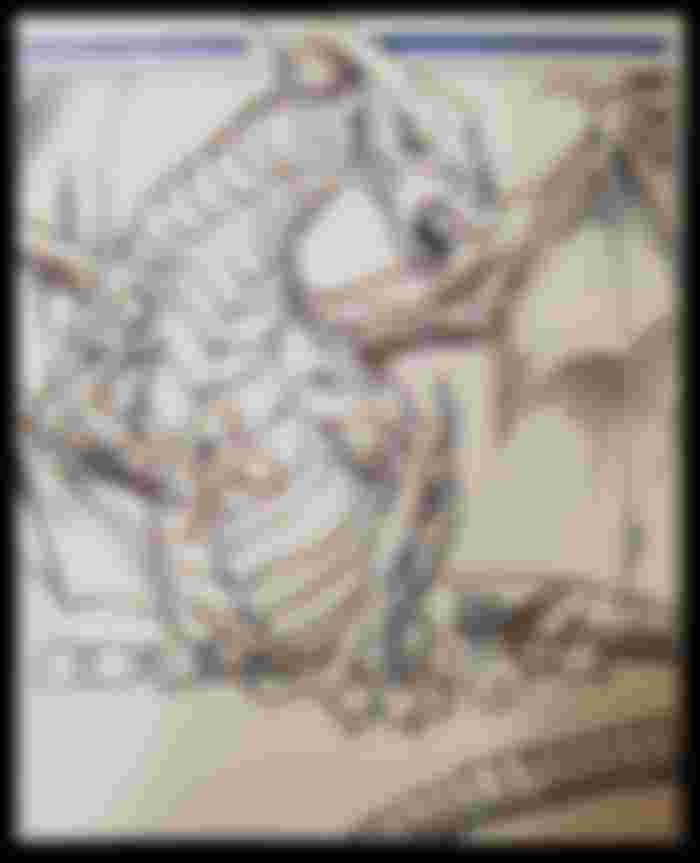
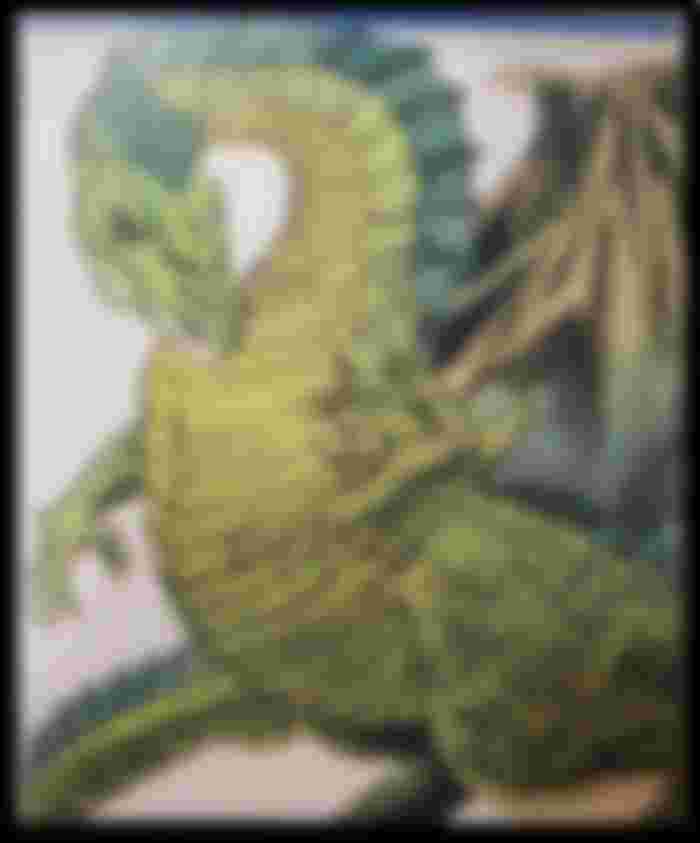
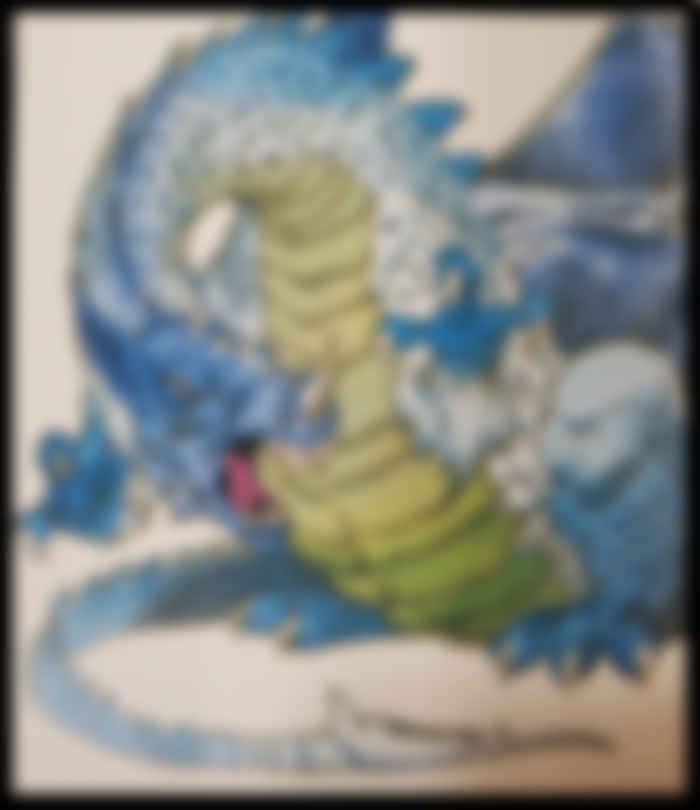
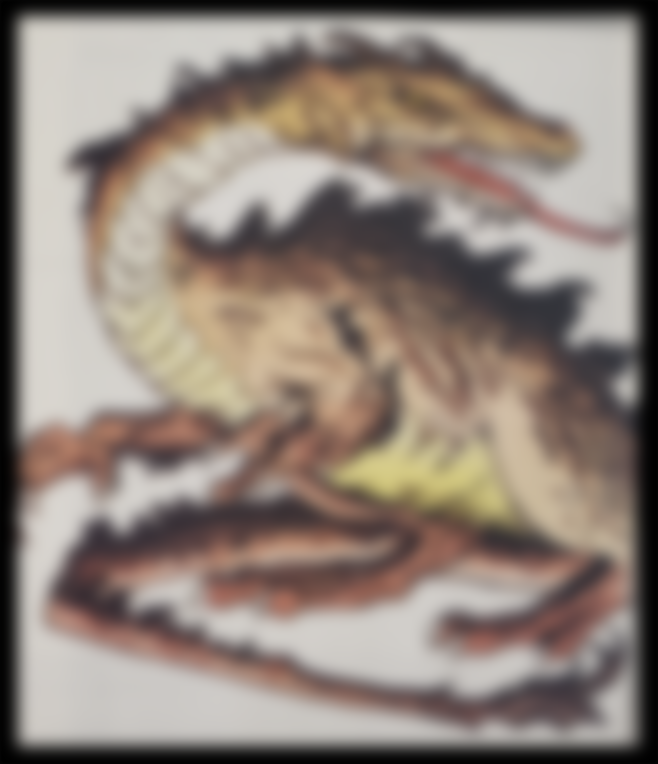
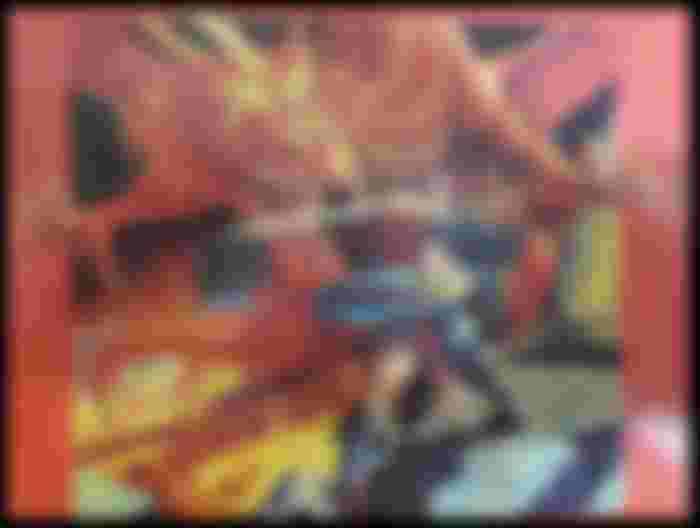

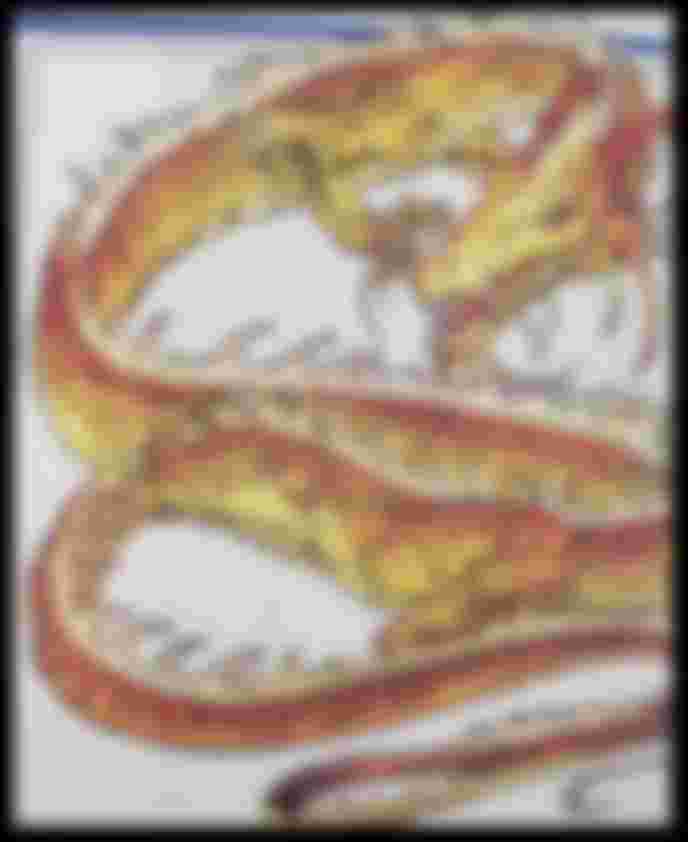
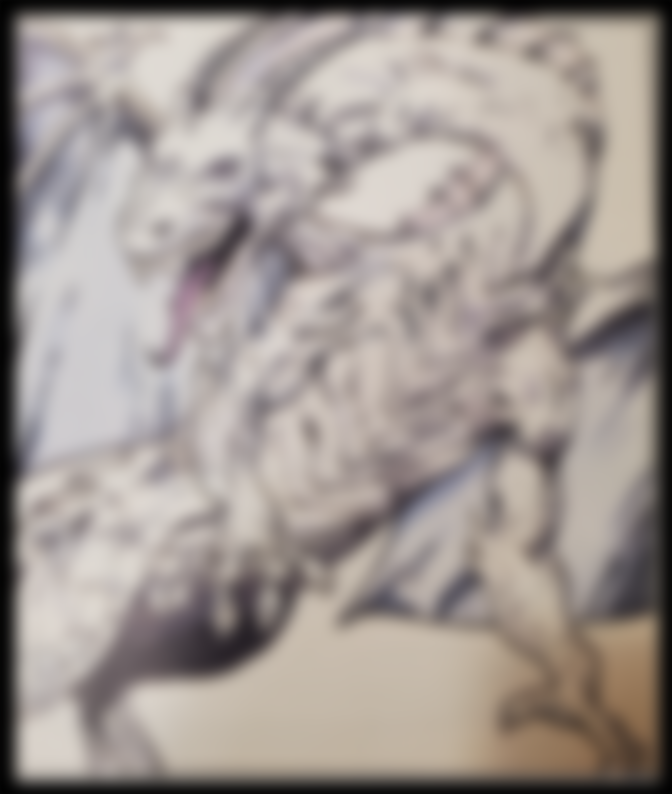
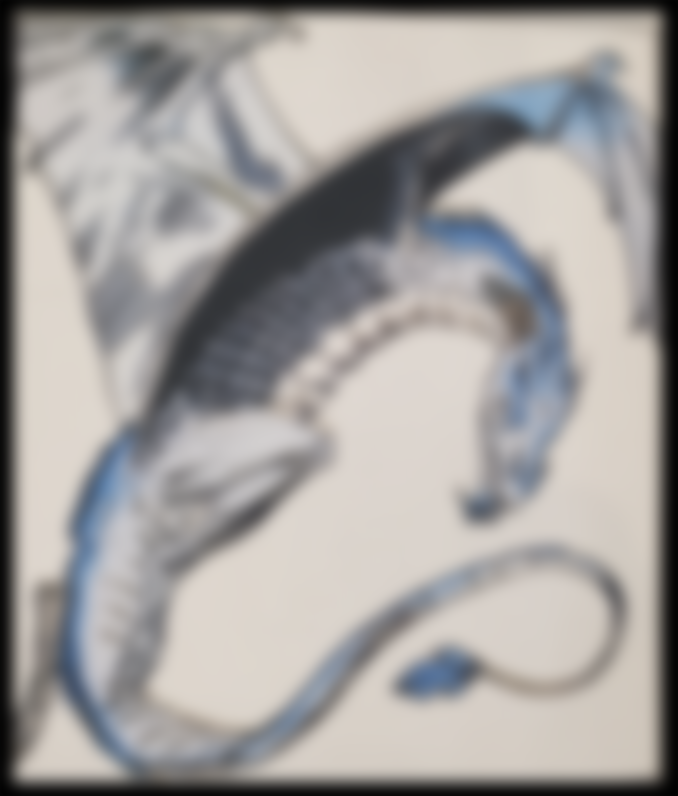

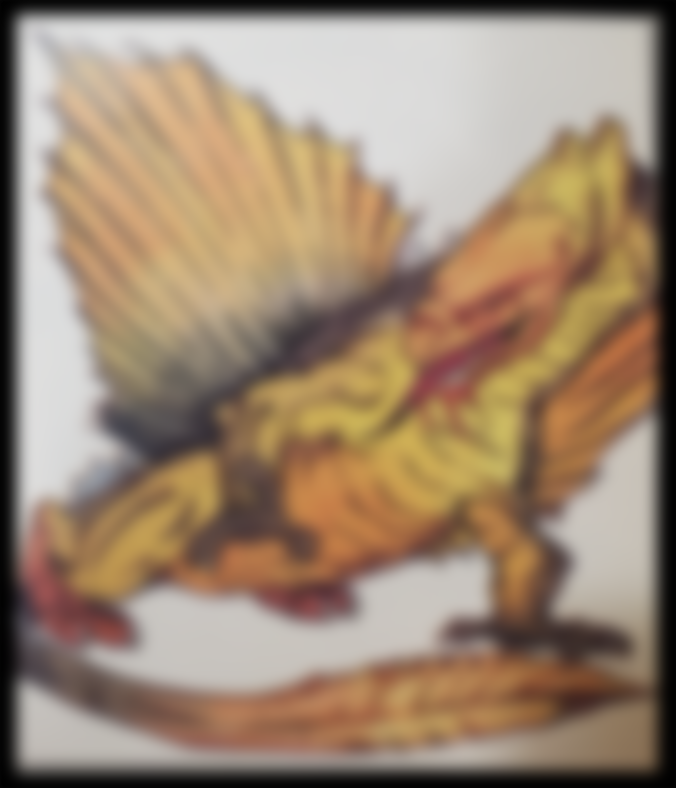
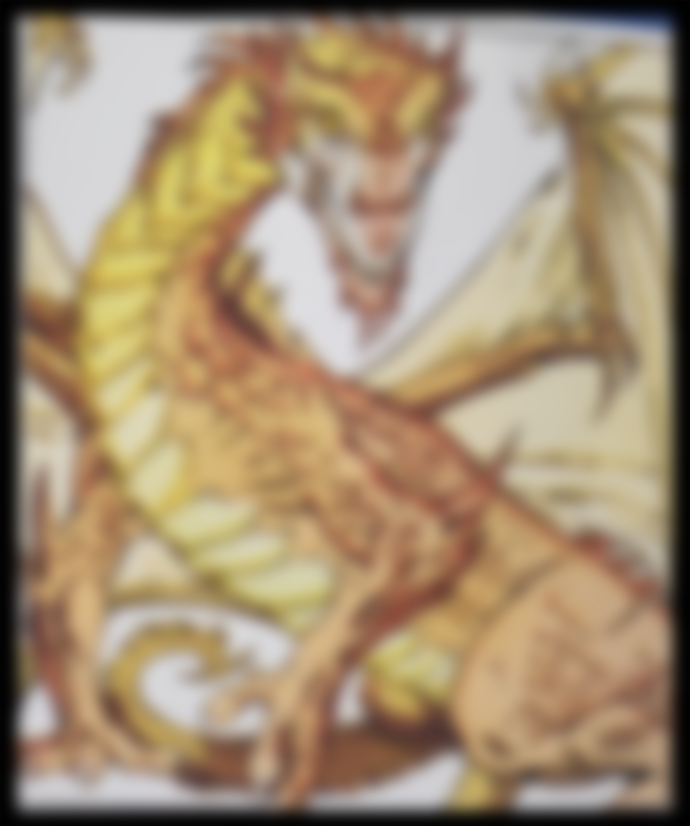
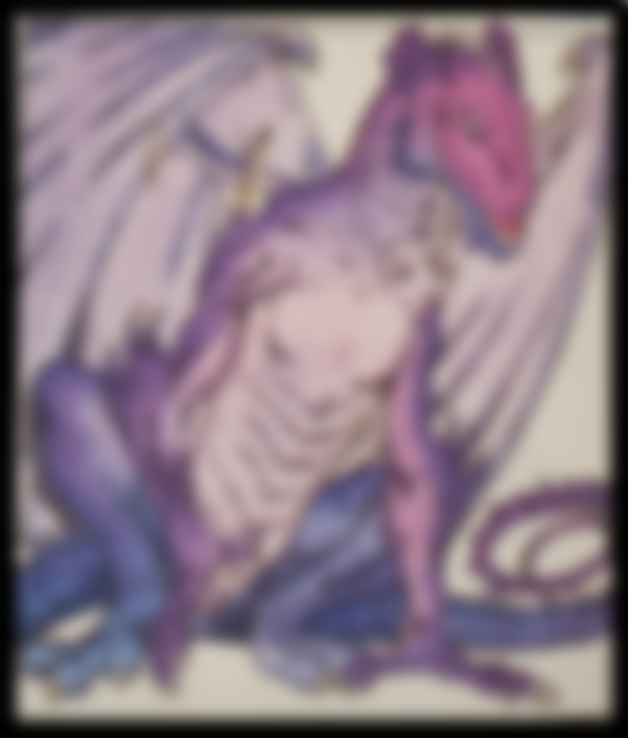
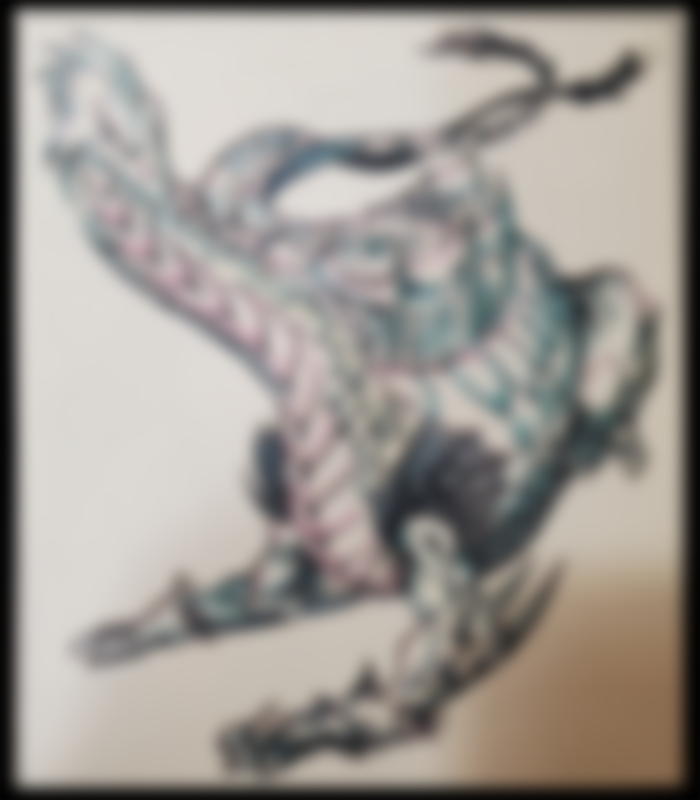
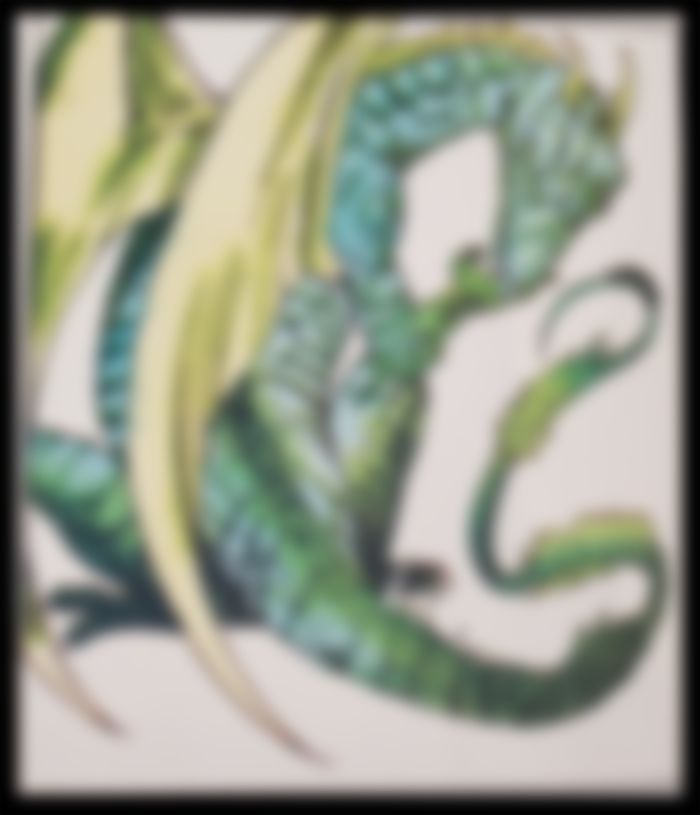

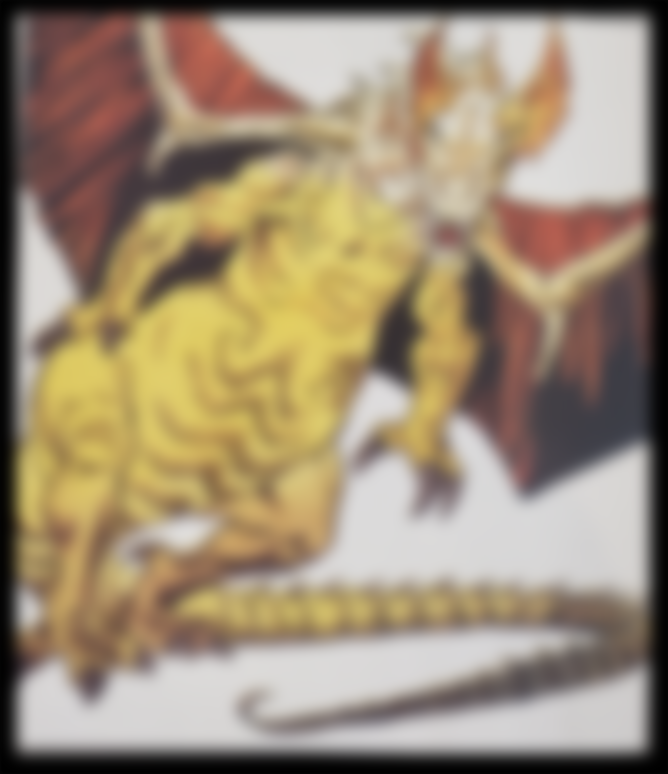
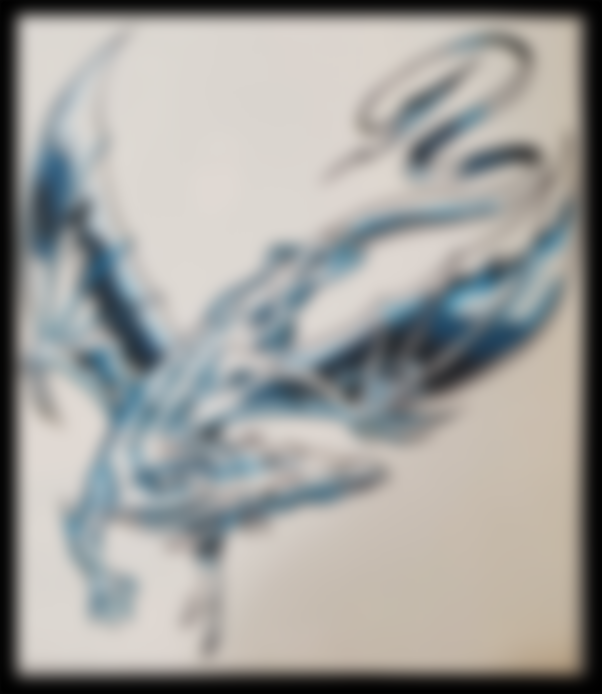
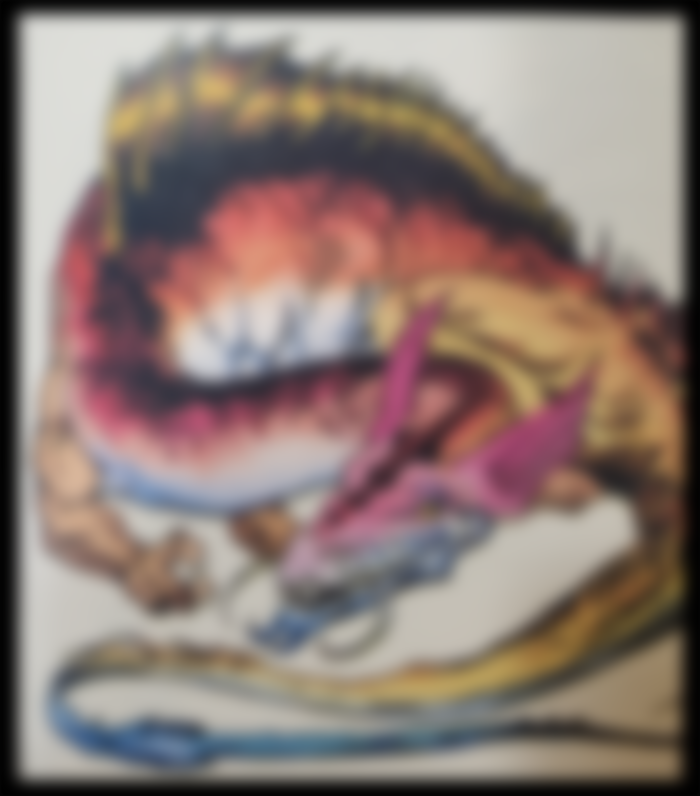
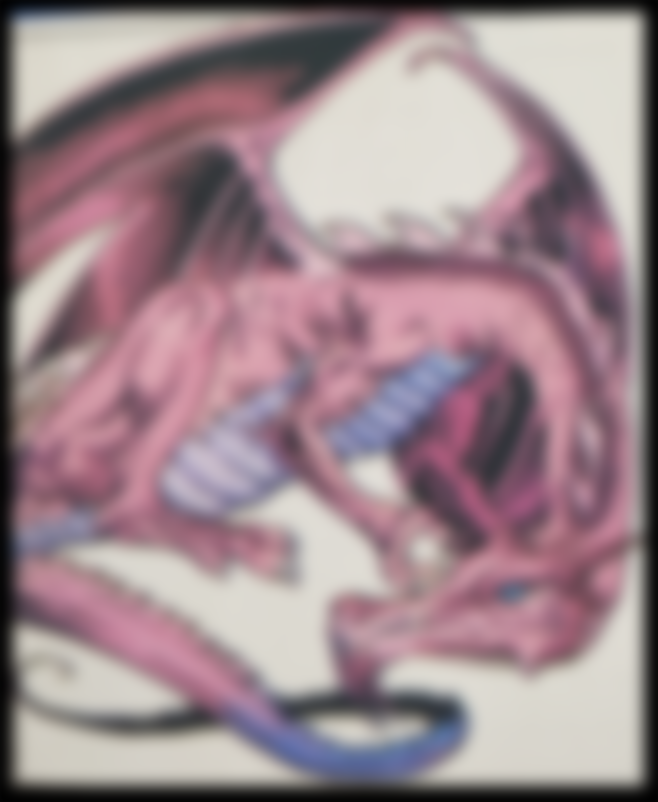

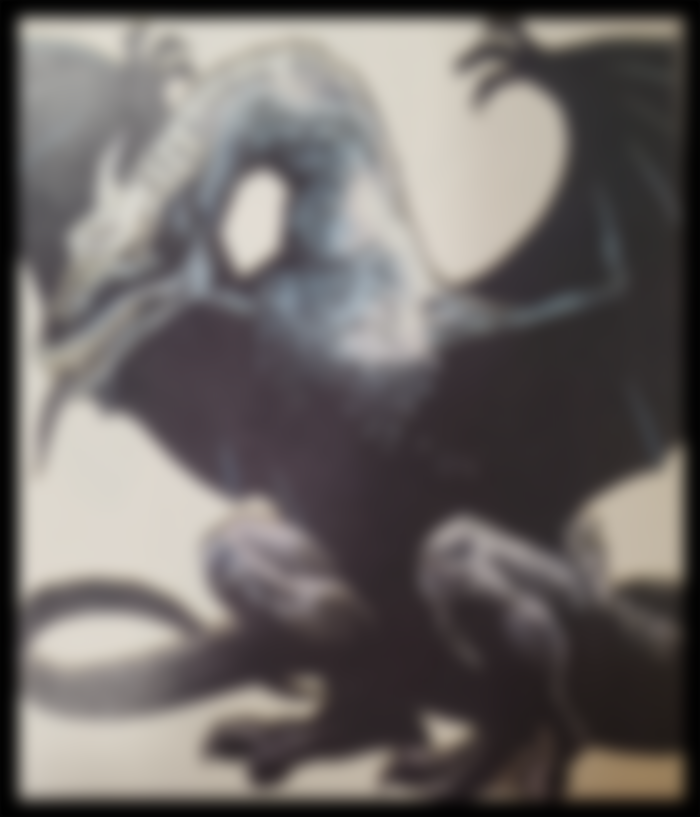

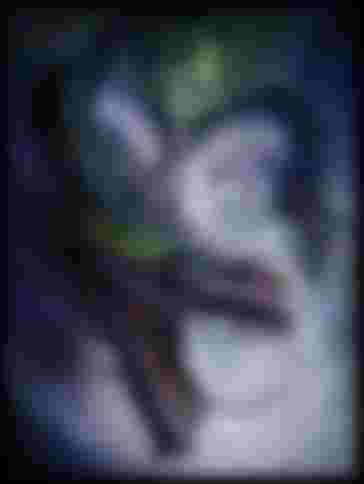
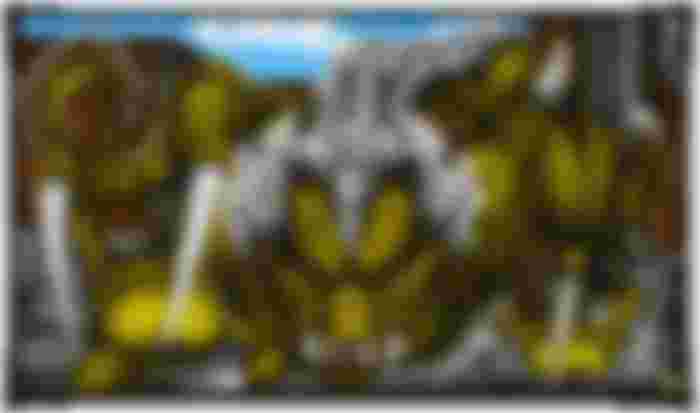


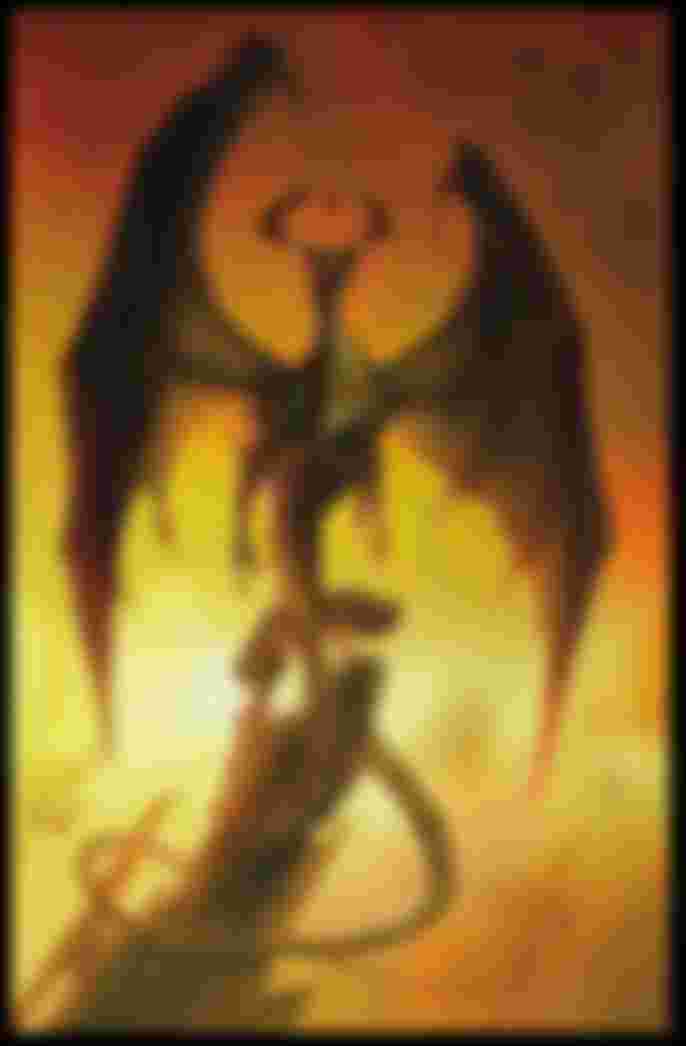
Note from author: If you can't see all the dragon images, please Refresh (F5) the webpage. Reload it on your mobile. Because each section has an image and sometimes they don't show up the first time.